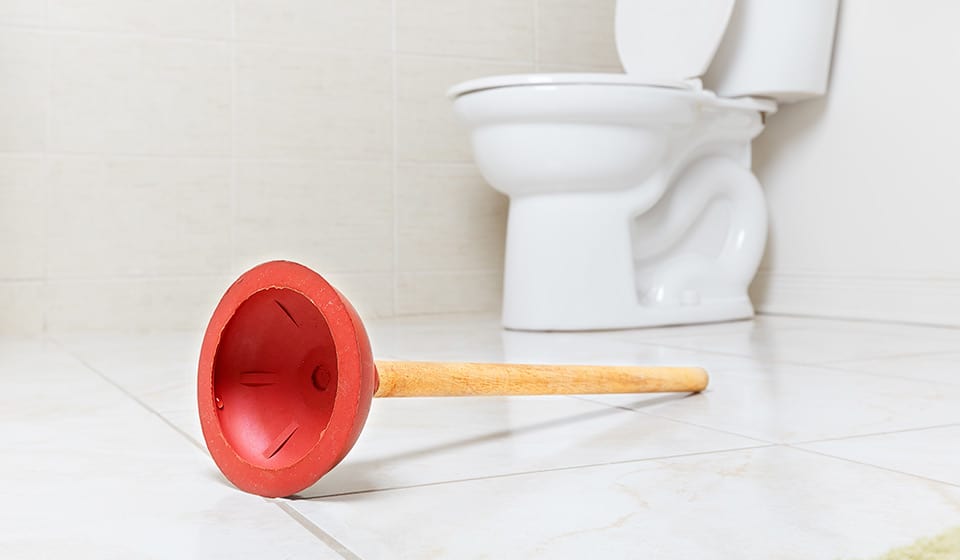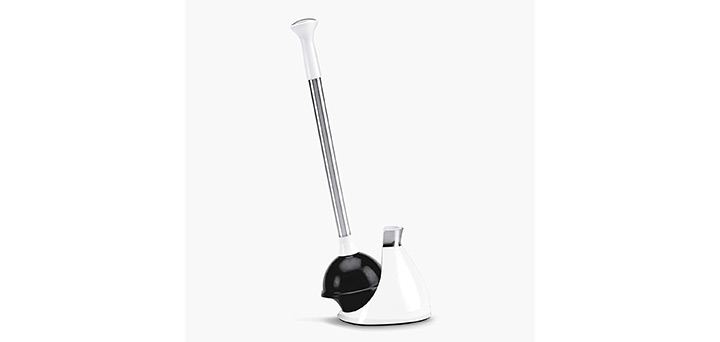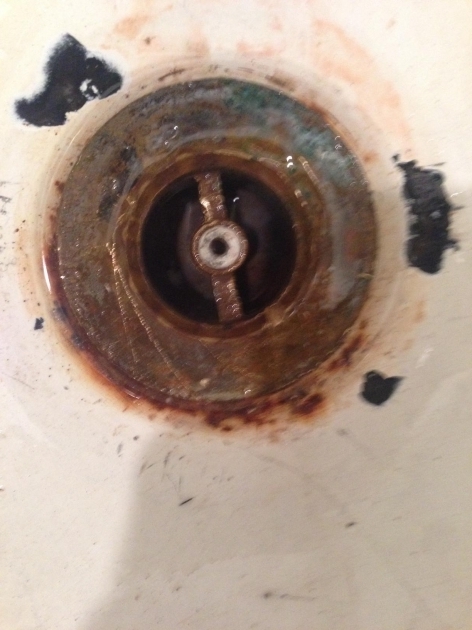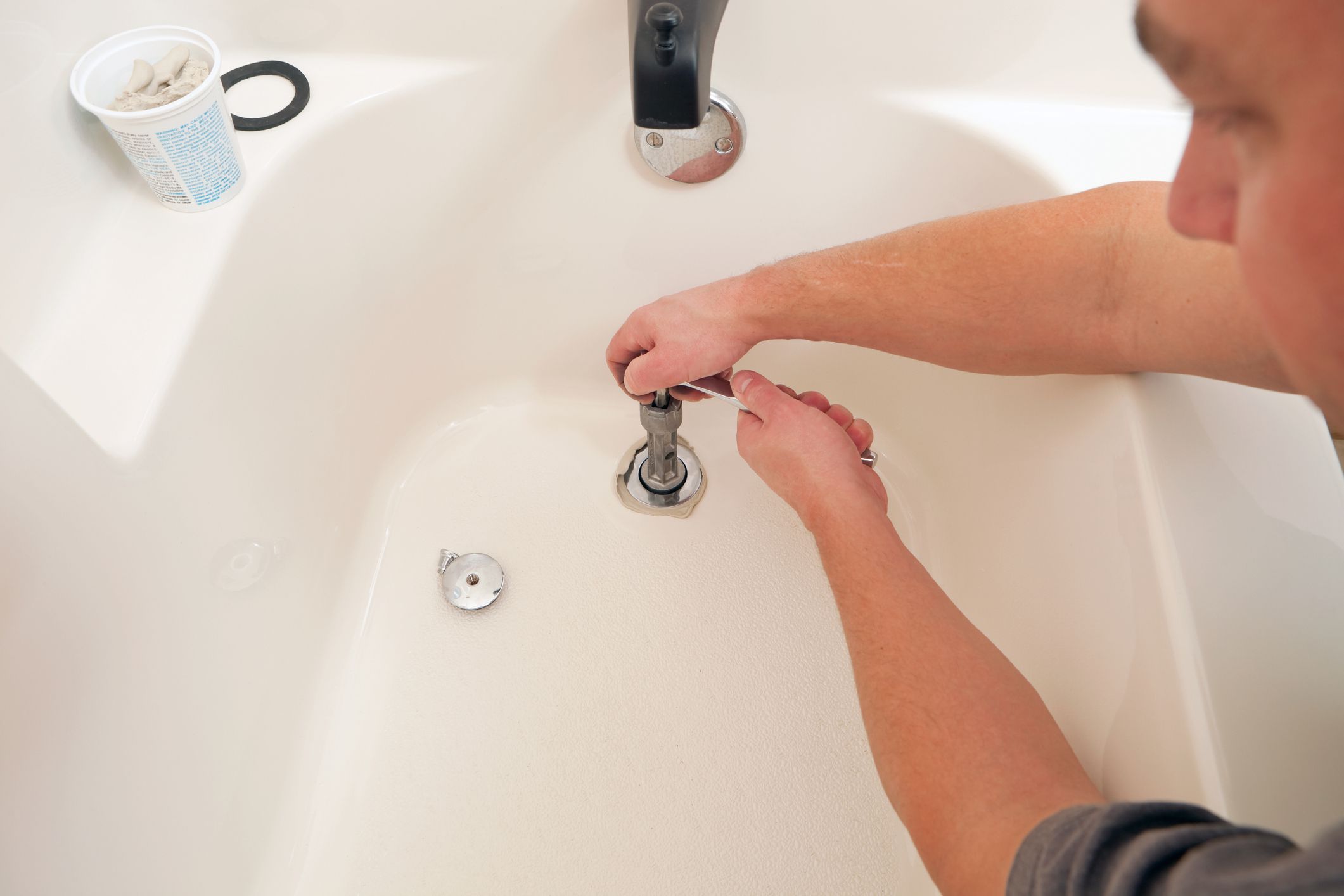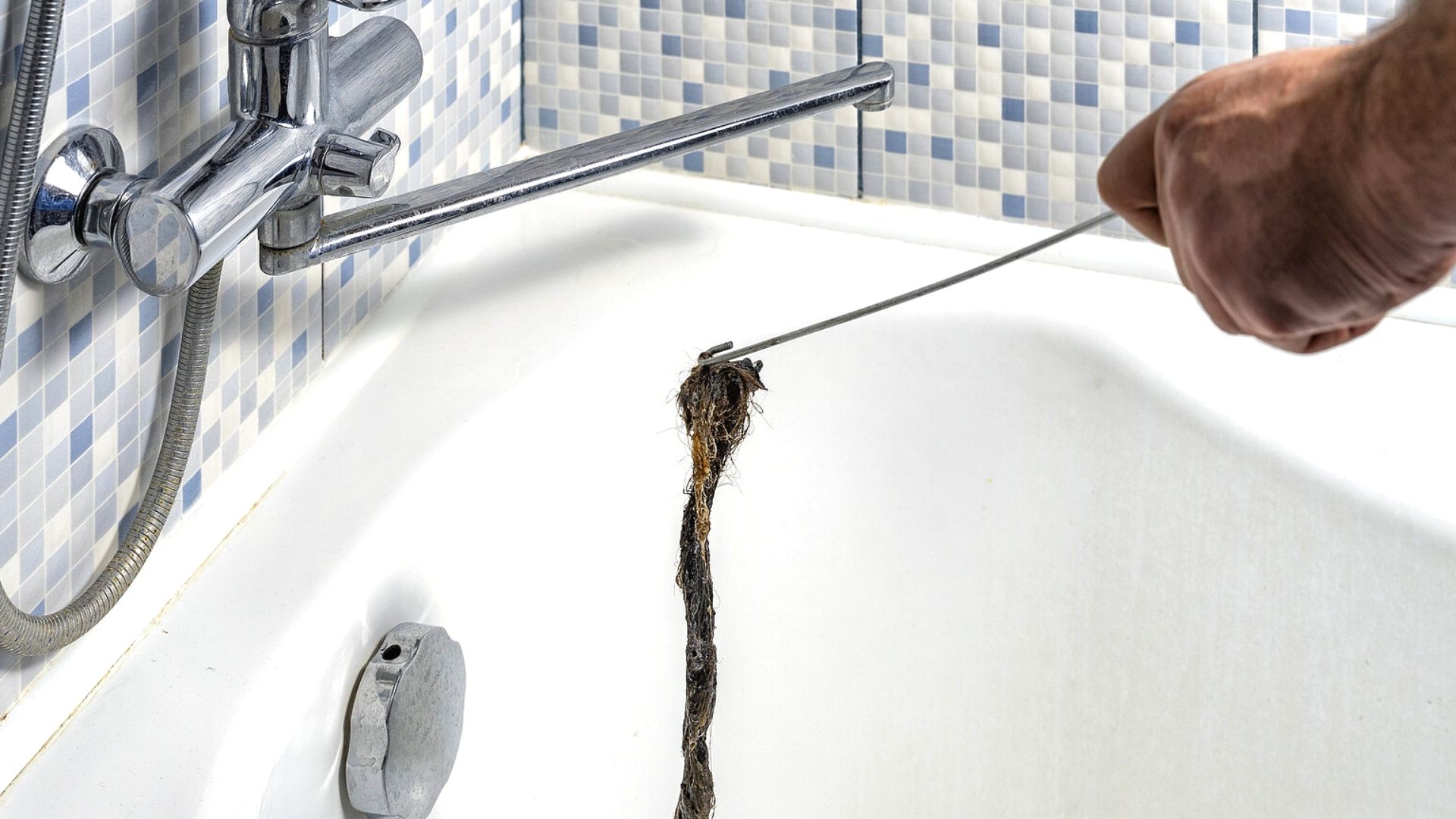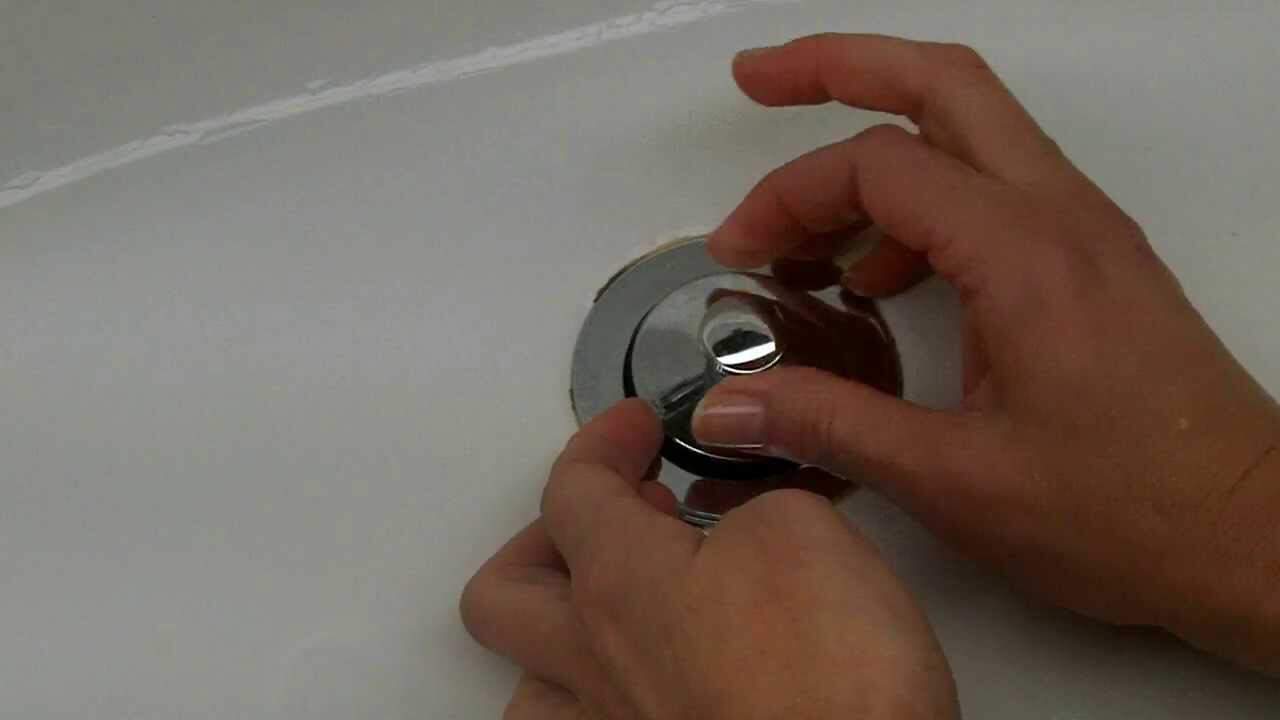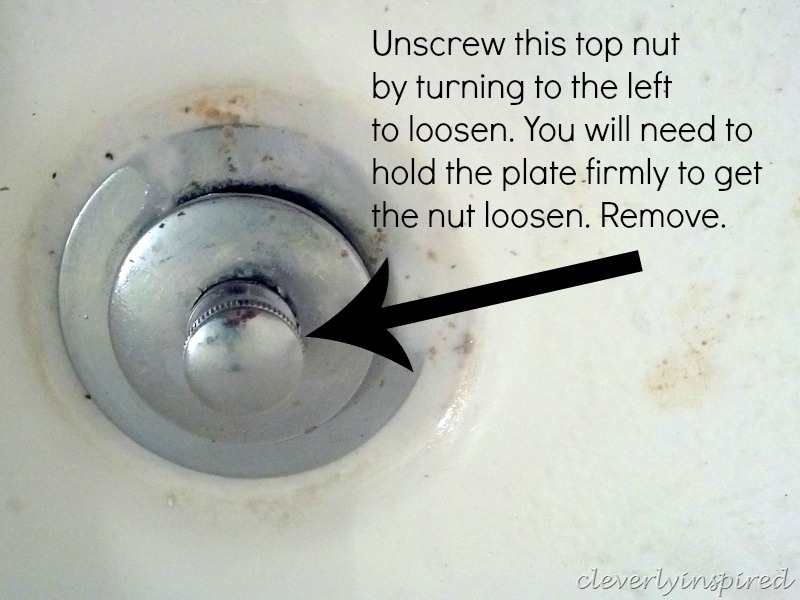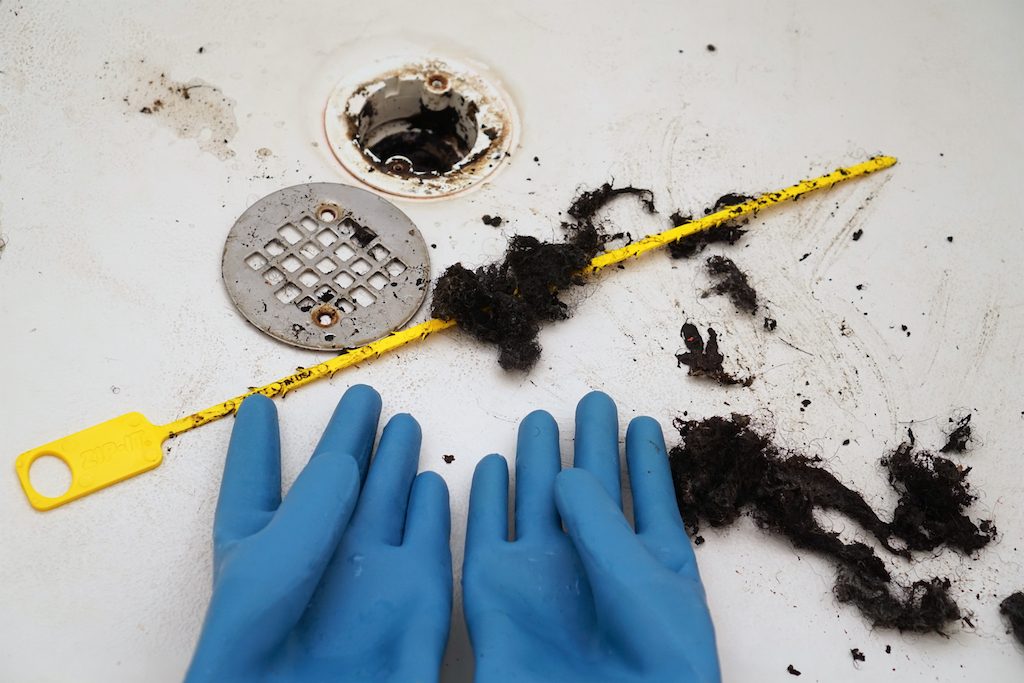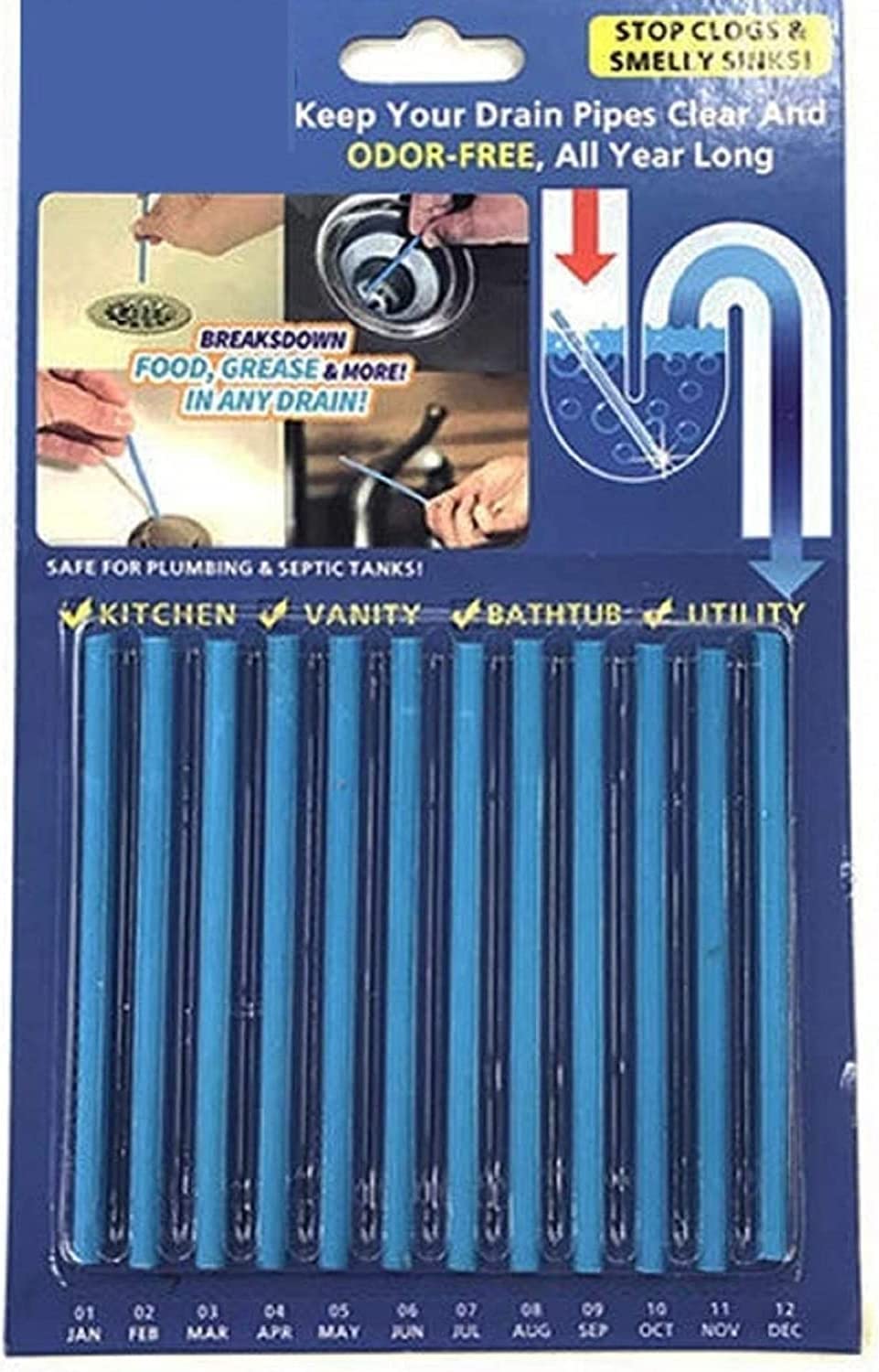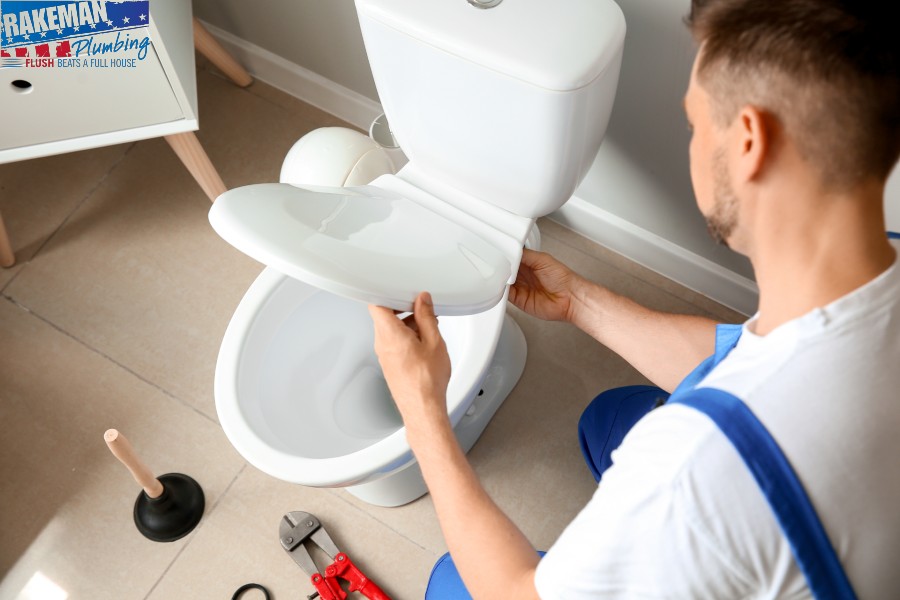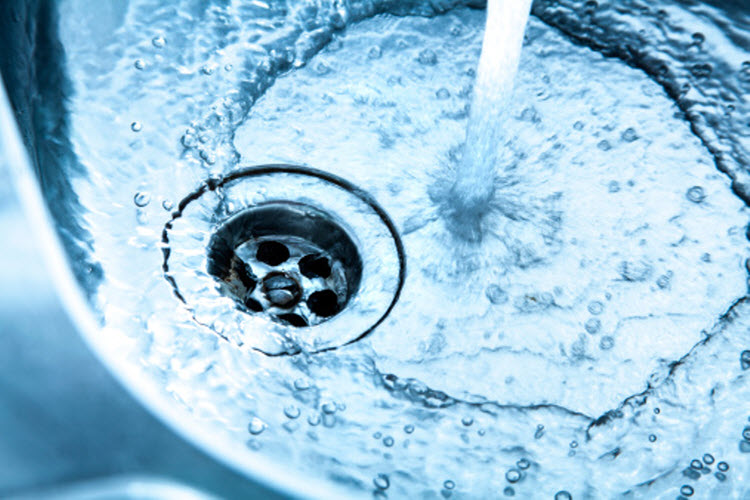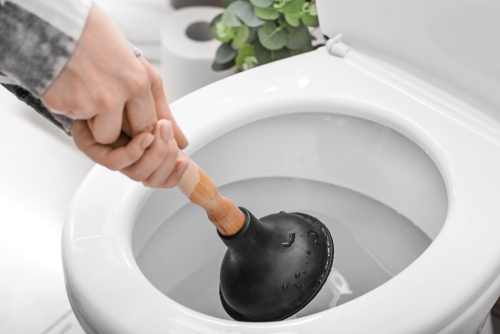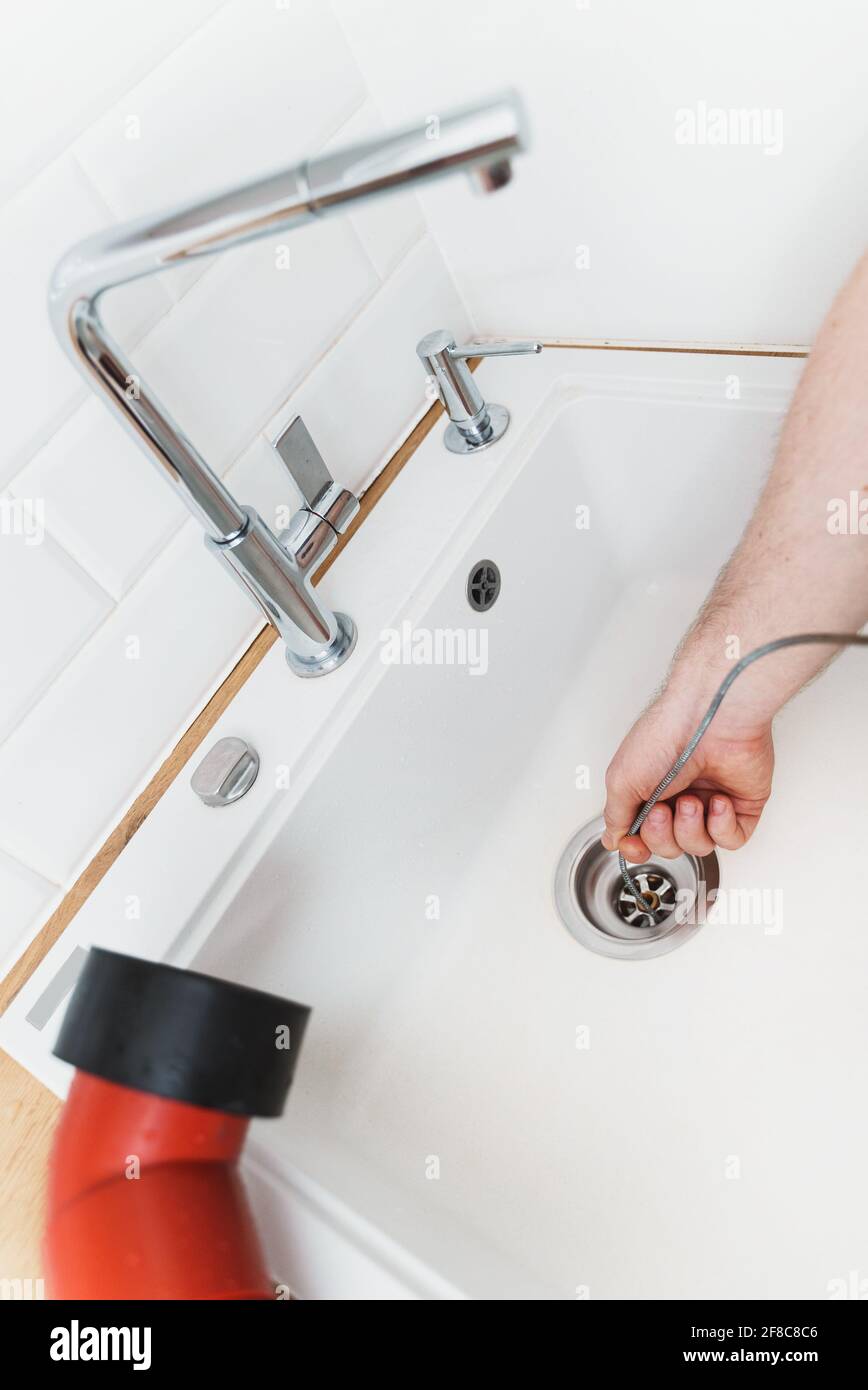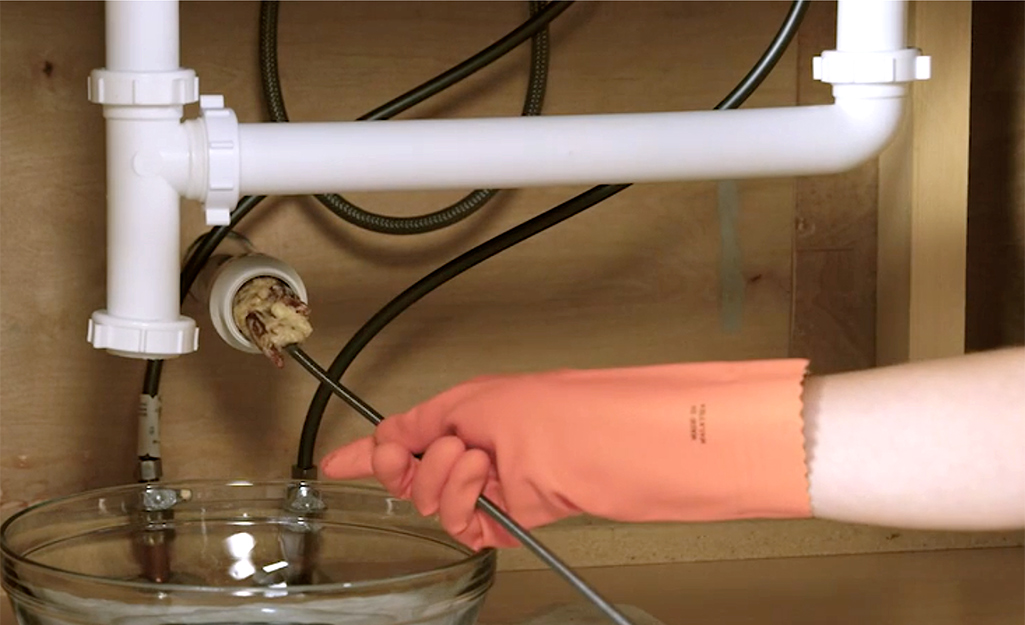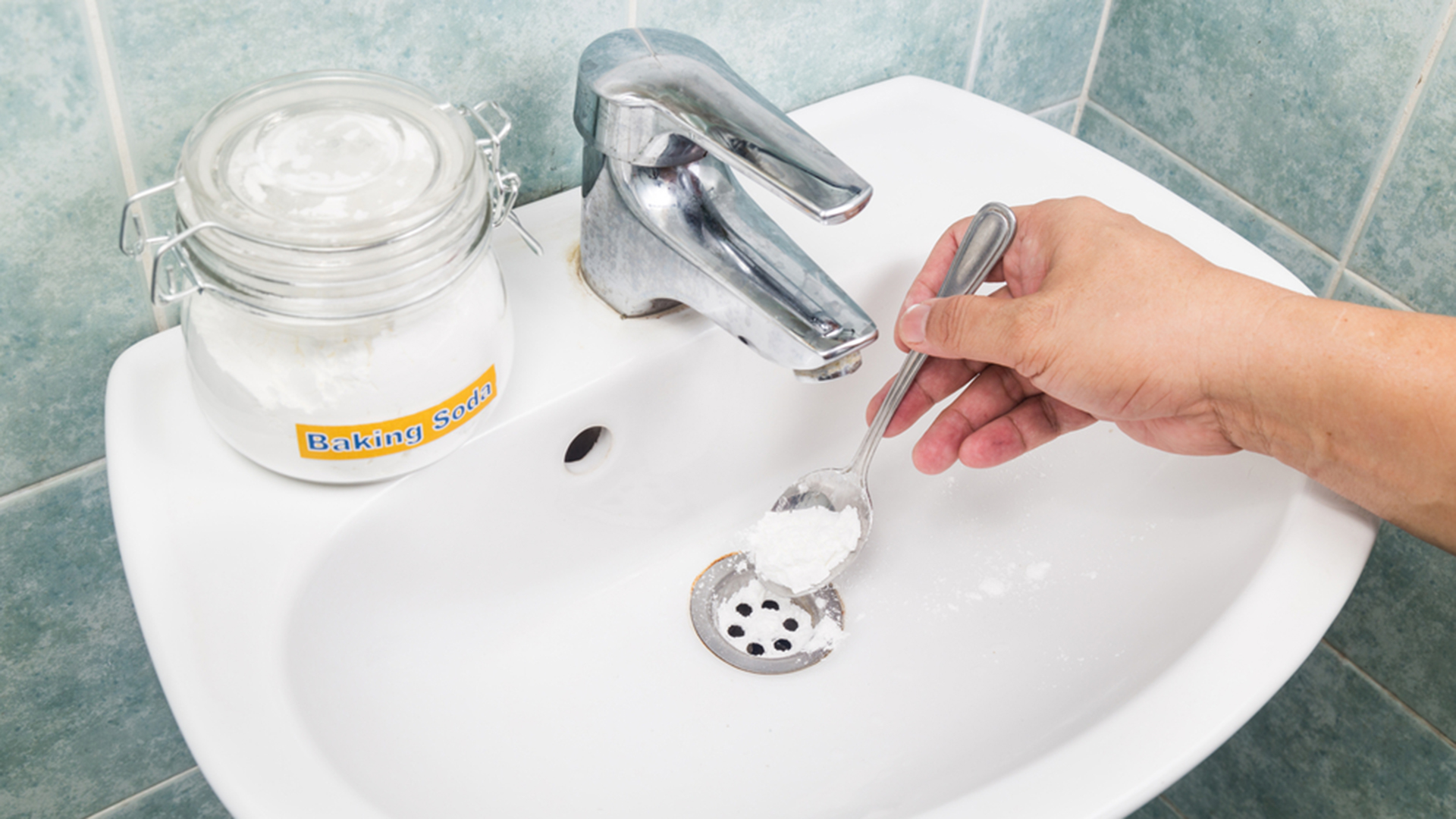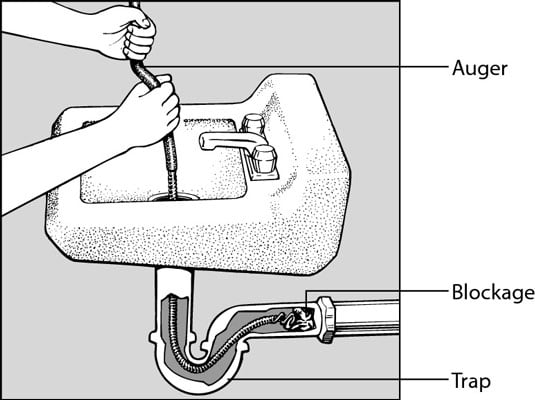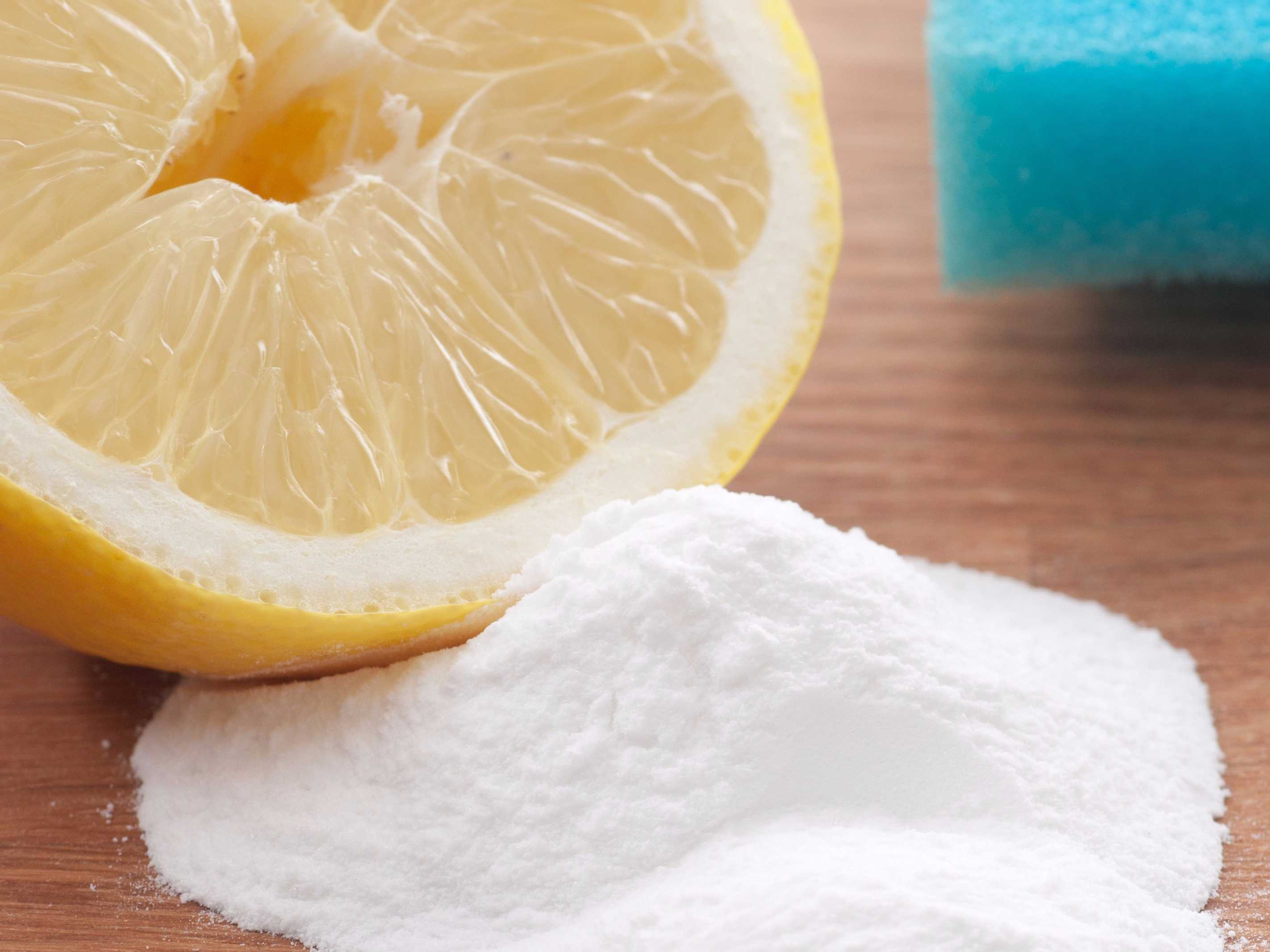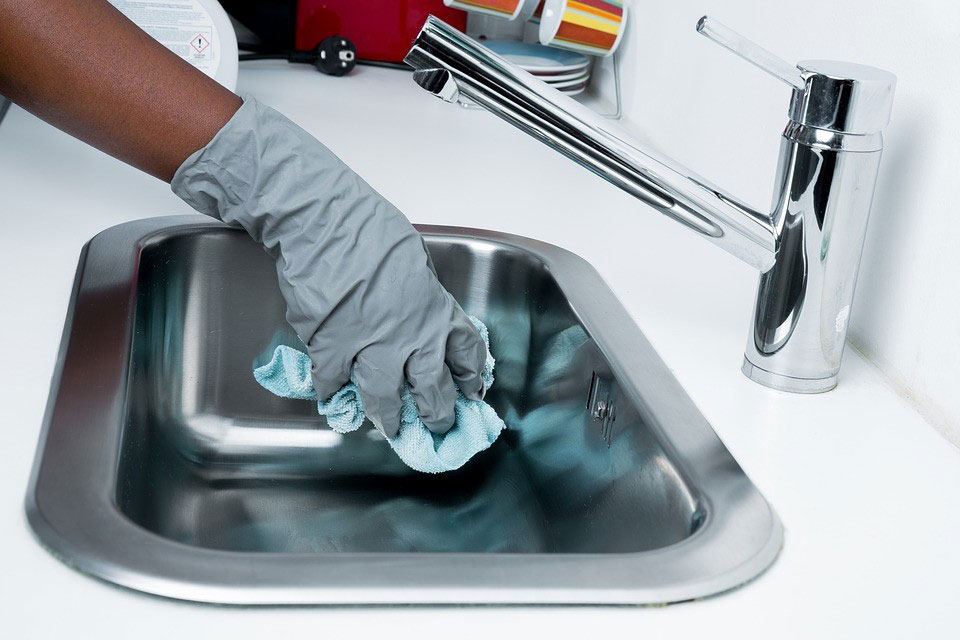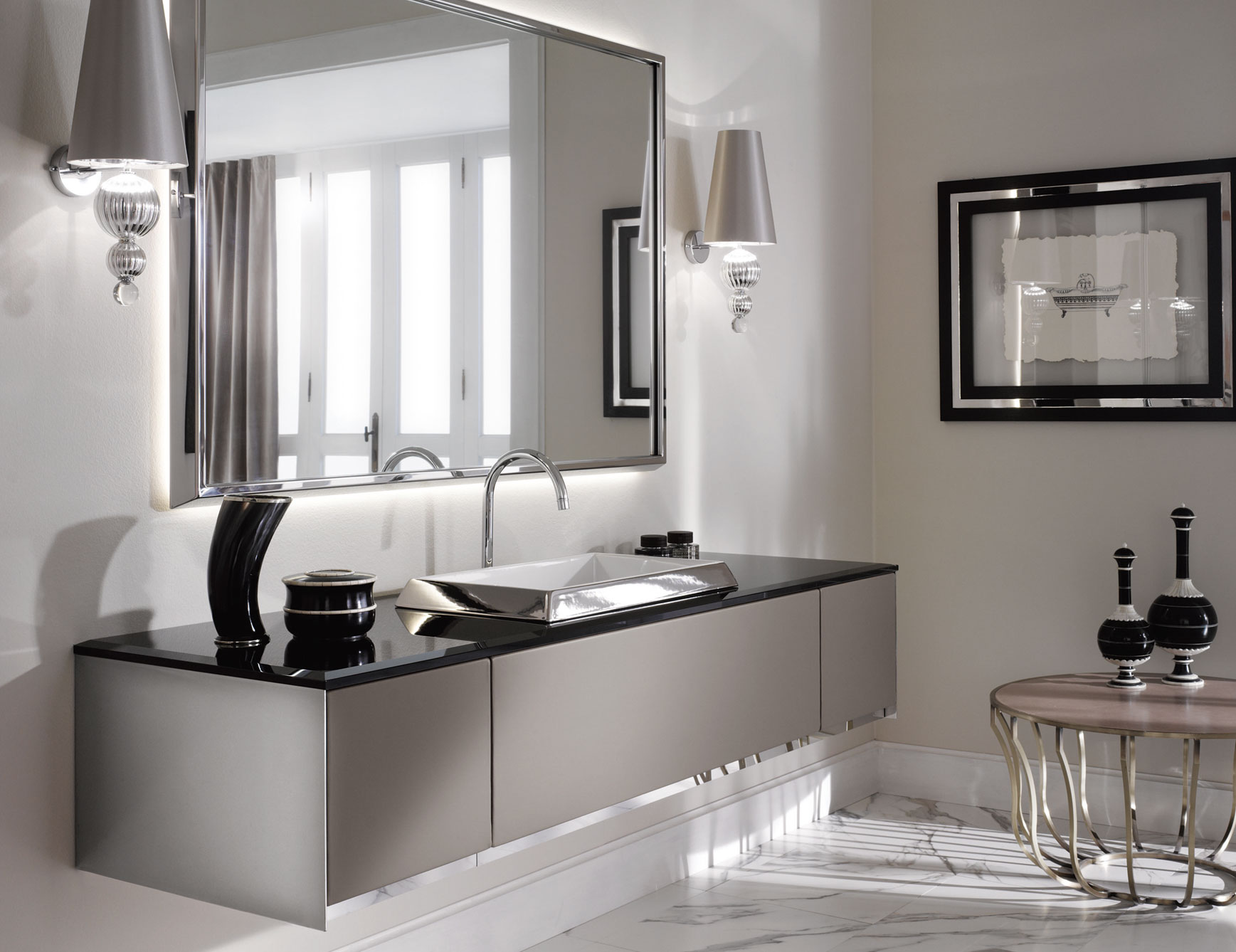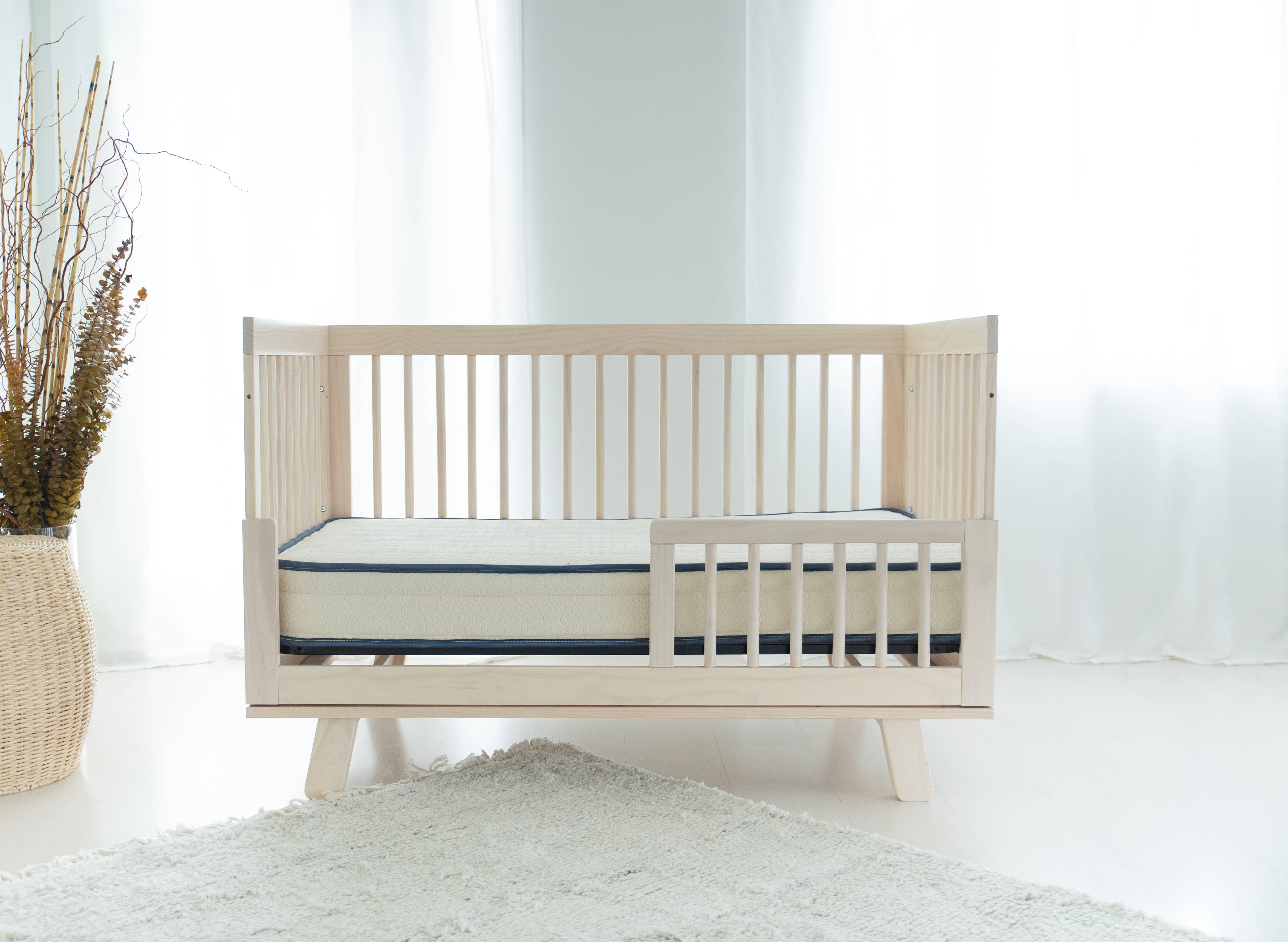Unclogging a Bathroom Sink
Clogged bathroom sinks can be a major inconvenience, causing water to back up and making it difficult to use the sink for daily tasks. However, with a few simple steps, you can easily unclog your bathroom sink and get it back to working properly.
First, try using a plunger to dislodge the clog. Fill the sink with enough water to cover the rubber part of the plunger, and then place the plunger over the drain. Push down and pull up in a rapid motion to create suction and hopefully dislodge the clog.
If the plunger doesn’t work, you can try using a solution of baking soda and vinegar to break up the clog. Pour half a cup of baking soda down the drain, followed by half a cup of vinegar. Let it sit for about 15 minutes, then pour hot water down the drain to flush out the clog.
How to Fix a Clogged Toilet
A clogged toilet is a common plumbing issue that can be easily fixed with the right tools and techniques. The first step is to use a plunger to try to dislodge the clog. Make sure there is enough water in the toilet bowl to cover the rubber part of the plunger. Place the plunger over the drain and push down and pull up in a rapid motion to create suction. If this doesn’t work, you can try using a toilet auger or snake to break up the clog.
If you don’t have a plunger or snake on hand, you can try using liquid dish soap to break up the clog. Pour a generous amount of dish soap into the toilet bowl and let it sit for about 30 minutes. Then pour hot water into the bowl and flush to hopefully push the clog through.
Bathtub Drain Clog Solutions
Clogged bathtub drains can be a frustrating problem, but there are several solutions you can try before calling a plumber. First, try using a plunger to dislodge the clog. If that doesn’t work, you can try using a drain snake or auger to break up the clog. Insert the snake into the drain, turn it clockwise, and push it through the pipes to clear the clog.
Chemical drain cleaners can also be effective in breaking up a bathtub drain clog. However, be sure to follow the instructions carefully and avoid mixing different types of cleaners, as this can create dangerous fumes. If all else fails, it may be time to call a professional plumber to address the issue.
DIY Bathroom Drain Cleaning
Regularly cleaning your bathroom drains can help prevent clogs from forming in the first place. One simple method is to pour boiling water down the drain once a week to help flush out any buildup. You can also use a mixture of salt, baking soda, and vinegar to clean your drains. Pour half a cup of salt, followed by half a cup of baking soda, and then half a cup of vinegar down the drain. Let it sit for 15 minutes, then flush with hot water.
Another option is to use a homemade drain cleaner made with lemon juice and cream of tartar. Mix equal parts of these ingredients together and pour down the drain. Let it sit for an hour, then flush with hot water. These natural remedies can help keep your bathroom drains clog-free without the use of harsh chemicals.
Clearing a Clogged Sink Drain
If your bathroom sink is clogged, there are a few methods you can try to clear the blockage. First, try using a plunger to create suction and hopefully dislodge the clog. If that doesn’t work, you can try using a drain snake or auger to break up the clog. Insert the snake into the drain, turn it clockwise, and push it through the pipes.
If you have a double sink, you can try using a wet-dry vacuum to suck out the clog. Simply place the vacuum hose over the drain and turn it on. This can be an effective way to remove hair and other debris that may be causing the clog.
Toilet Plunger Techniques
Using a plunger is often the first line of defense when it comes to unclogging a toilet or sink. However, there are a few techniques that can help make the plunger more effective. First, make sure there is enough water in the fixture to cover the rubber part of the plunger. You can also try using Vaseline to create a better seal between the plunger and the drain.
If you’re using a plunger on a toilet, try to create a good seal by positioning the plunger directly over the drain. Then push down and pull up rapidly to create suction and hopefully dislodge the clog.
Removing Hair from Bathtub Drain
One of the most common causes of bathtub drain clogs is hair buildup. To prevent this, you can use a hair catcher in your bathtub drain to catch hair before it goes down the pipes. However, if you already have a clog, there are a few methods you can use to remove the hair. One option is to use a pair of needle-nose pliers to pull out the hair from the drain. You can also try using a drain snake or a mixture of baking soda and vinegar to break up the clog.
Regularly cleaning your bathtub drain with a mixture of baking soda, vinegar, and hot water can also help prevent hair buildup and potential clogs.
Preventing Clogs in Bathroom Fixtures
The best way to deal with clogs is to prevent them from happening in the first place. To help prevent clogs in your bathroom fixtures, make sure to regularly clean your drains with natural solutions like baking soda and vinegar. You can also use mesh drain covers to catch hair and other debris before it goes down the drain.
Avoid putting anything down the drain that could potentially cause a clog, such as grease, coffee grounds, or hygiene products. By taking preventative measures, you can keep your bathroom fixtures running smoothly and avoid the hassle of clogs.
Using a Drain Snake for Clogged Sink
A drain snake or auger is a useful tool for breaking up clogs in bathroom sinks. To use a drain snake, insert it into the drain and turn it clockwise while pushing it through the pipes. This can help break up and remove any hair or debris that may be causing the clog.
For stubborn clogs, you may need to use a motorized auger that can reach deeper into the pipes. If you’re not comfortable using a drain snake yourself, it’s best to call a professional plumber to take care of the clog.
Natural Remedies for Clogged Drains
Chemical drain cleaners can be effective at breaking up clogs, but they can also be harsh and damaging to your pipes. Instead, consider using natural remedies like baking soda, vinegar, and hot water to clear clogs in your bathroom fixtures. These ingredients are safe and gentle on your pipes and can be just as effective as chemical cleaners.
Enzyme-based drain cleaners are another natural option. These cleaners use natural enzymes to break down clogs and keep your drains running smoothly. They are safe for your pipes and won’t emit harmful fumes like some chemical cleaners.
Bathroom Design Tips: Solving Common Issues with Sink, Toilet, and Bathtub Clogs

Introduction
 A clogged bathroom sink, toilet, or bathtub can be a major inconvenience and disrupt the functionality of your daily routine. Not only is it frustrating, but it can also lead to unpleasant odors and potential damage to your plumbing system. While clogs can happen for various reasons, they are often a result of poor design and maintenance. In this article, we will discuss some design tips and solutions to prevent and fix clogs in your bathroom fixtures.
A clogged bathroom sink, toilet, or bathtub can be a major inconvenience and disrupt the functionality of your daily routine. Not only is it frustrating, but it can also lead to unpleasant odors and potential damage to your plumbing system. While clogs can happen for various reasons, they are often a result of poor design and maintenance. In this article, we will discuss some design tips and solutions to prevent and fix clogs in your bathroom fixtures.
The Importance of Proper Drainage
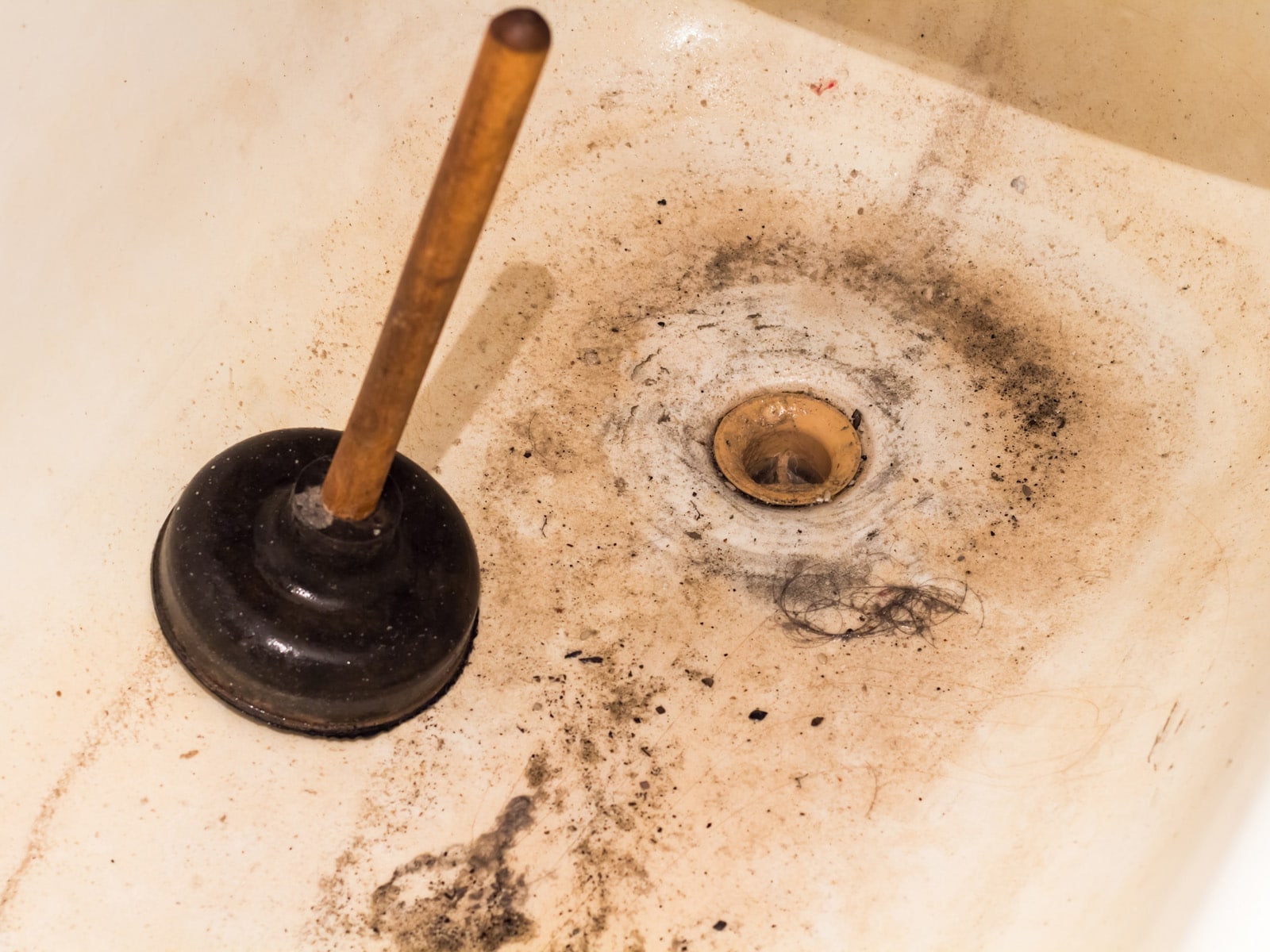 One of the main causes of clogs in bathroom fixtures is inadequate drainage. When designing your bathroom, it is crucial to ensure that your sink, toilet, and bathtub have proper drainage systems. This includes using
wider drain pipes
and
regular maintenance
to prevent buildup of hair, soap scum, and other debris. Additionally, installing a
drain trap
can help catch larger objects before they enter and clog the pipes.
One of the main causes of clogs in bathroom fixtures is inadequate drainage. When designing your bathroom, it is crucial to ensure that your sink, toilet, and bathtub have proper drainage systems. This includes using
wider drain pipes
and
regular maintenance
to prevent buildup of hair, soap scum, and other debris. Additionally, installing a
drain trap
can help catch larger objects before they enter and clog the pipes.
Proper Toilet Placement
 Believe it or not, the placement of your toilet can also affect its functionality and increase the likelihood of clogs. When choosing where to install your toilet, make sure it is not too close to the wall or other fixtures. This can cause the toilet to have a
poor flush
, leading to frequent clogs. It is also important to avoid placing items such as
tissue boxes or small trash cans
near the toilet, as they can easily fall in and cause clogs.
Believe it or not, the placement of your toilet can also affect its functionality and increase the likelihood of clogs. When choosing where to install your toilet, make sure it is not too close to the wall or other fixtures. This can cause the toilet to have a
poor flush
, leading to frequent clogs. It is also important to avoid placing items such as
tissue boxes or small trash cans
near the toilet, as they can easily fall in and cause clogs.
Preventing Sink Clogs
 To prevent clogs in your bathroom sink, consider installing a
sink strainer
to catch hair and other debris before it goes down the drain. It is also important to regularly clean out the drain and
avoid pouring grease or oil
down the sink, as they can solidify and cause clogs. Additionally,
using a plunger
or a
homemade drain cleaner
(such as a mixture of baking soda and vinegar) can help remove minor clogs before they become a bigger issue.
To prevent clogs in your bathroom sink, consider installing a
sink strainer
to catch hair and other debris before it goes down the drain. It is also important to regularly clean out the drain and
avoid pouring grease or oil
down the sink, as they can solidify and cause clogs. Additionally,
using a plunger
or a
homemade drain cleaner
(such as a mixture of baking soda and vinegar) can help remove minor clogs before they become a bigger issue.
Utilizing Proper Bathtub Design
 When it comes to bathtubs,
choosing the right material
can make a significant difference in preventing clogs. Avoid using materials such as
tile or stone
, which can easily trap hair and other debris. Instead, opt for materials like
acrylic or fiberglass
, which are smoother and easier to clean. It is also important to regularly clean the bathtub drain and
avoid using bath bombs or other products
that contain non-water-soluble ingredients, as they can cause clogs.
When it comes to bathtubs,
choosing the right material
can make a significant difference in preventing clogs. Avoid using materials such as
tile or stone
, which can easily trap hair and other debris. Instead, opt for materials like
acrylic or fiberglass
, which are smoother and easier to clean. It is also important to regularly clean the bathtub drain and
avoid using bath bombs or other products
that contain non-water-soluble ingredients, as they can cause clogs.
In Conclusion
 Incorporating these design tips and solutions into your bathroom can help prevent and solve common issues with clogged sinks, toilets, and bathtubs. By ensuring proper drainage, toilet placement, and utilizing the right materials, you can maintain a functional and hassle-free bathroom. Remember to regularly clean and maintain your fixtures to prevent clogs and keep your plumbing system in good condition.
Incorporating these design tips and solutions into your bathroom can help prevent and solve common issues with clogged sinks, toilets, and bathtubs. By ensuring proper drainage, toilet placement, and utilizing the right materials, you can maintain a functional and hassle-free bathroom. Remember to regularly clean and maintain your fixtures to prevent clogs and keep your plumbing system in good condition.

/plumber-unclogging-kitchen-sink-169270382-5797a9355f9b58461f27f024.jpg)








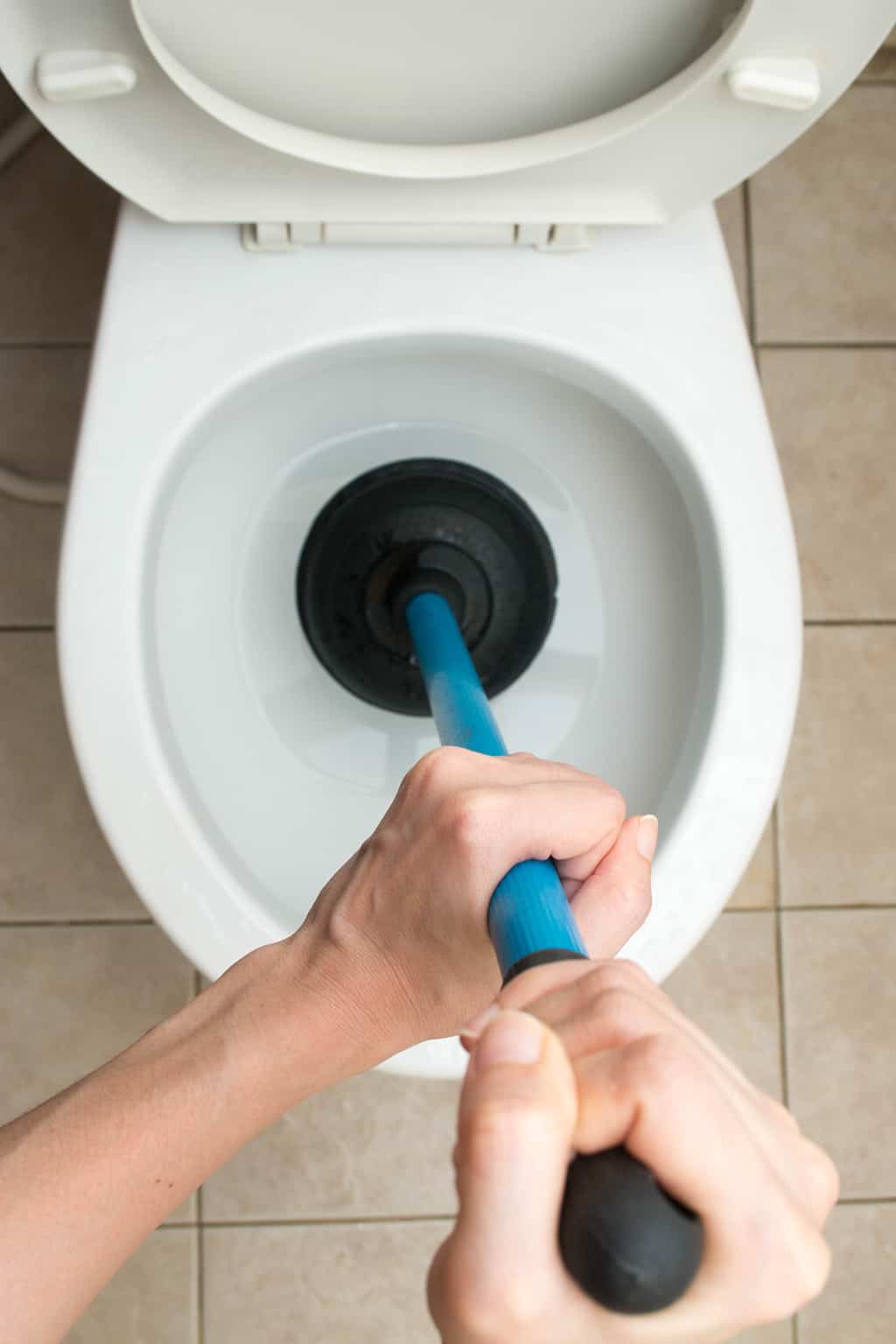



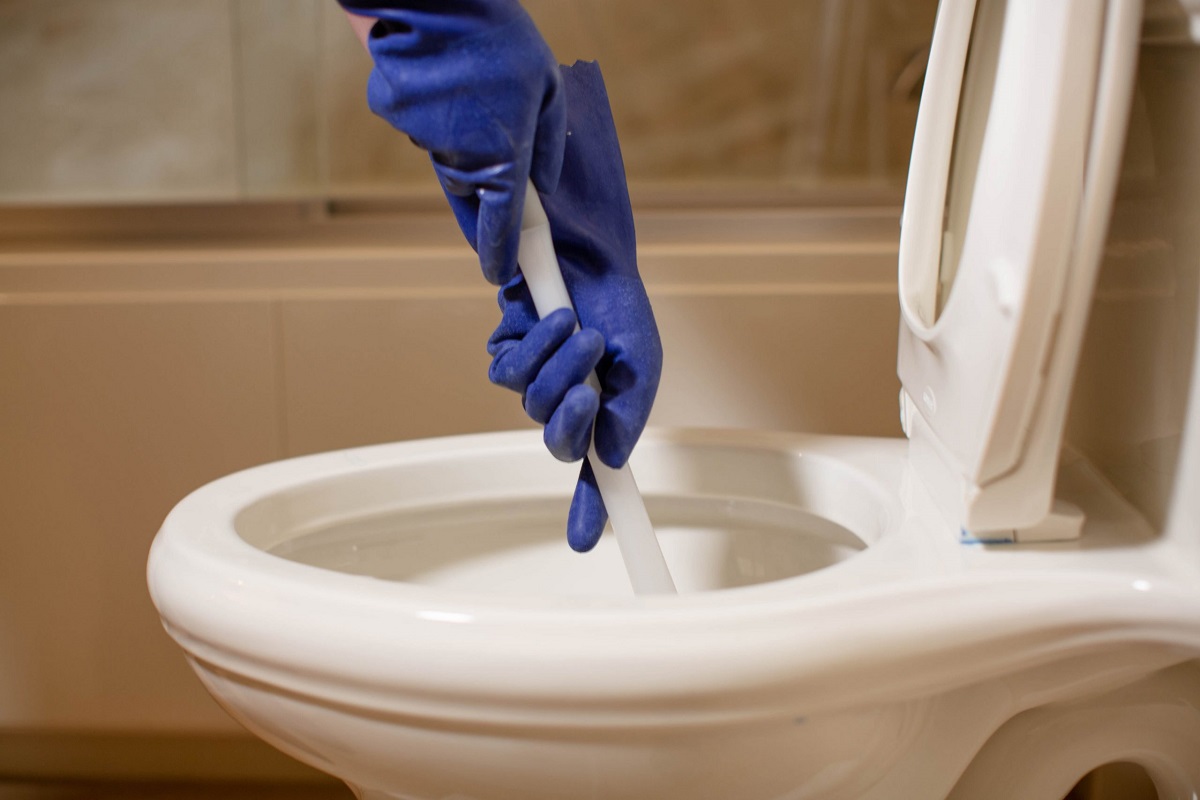

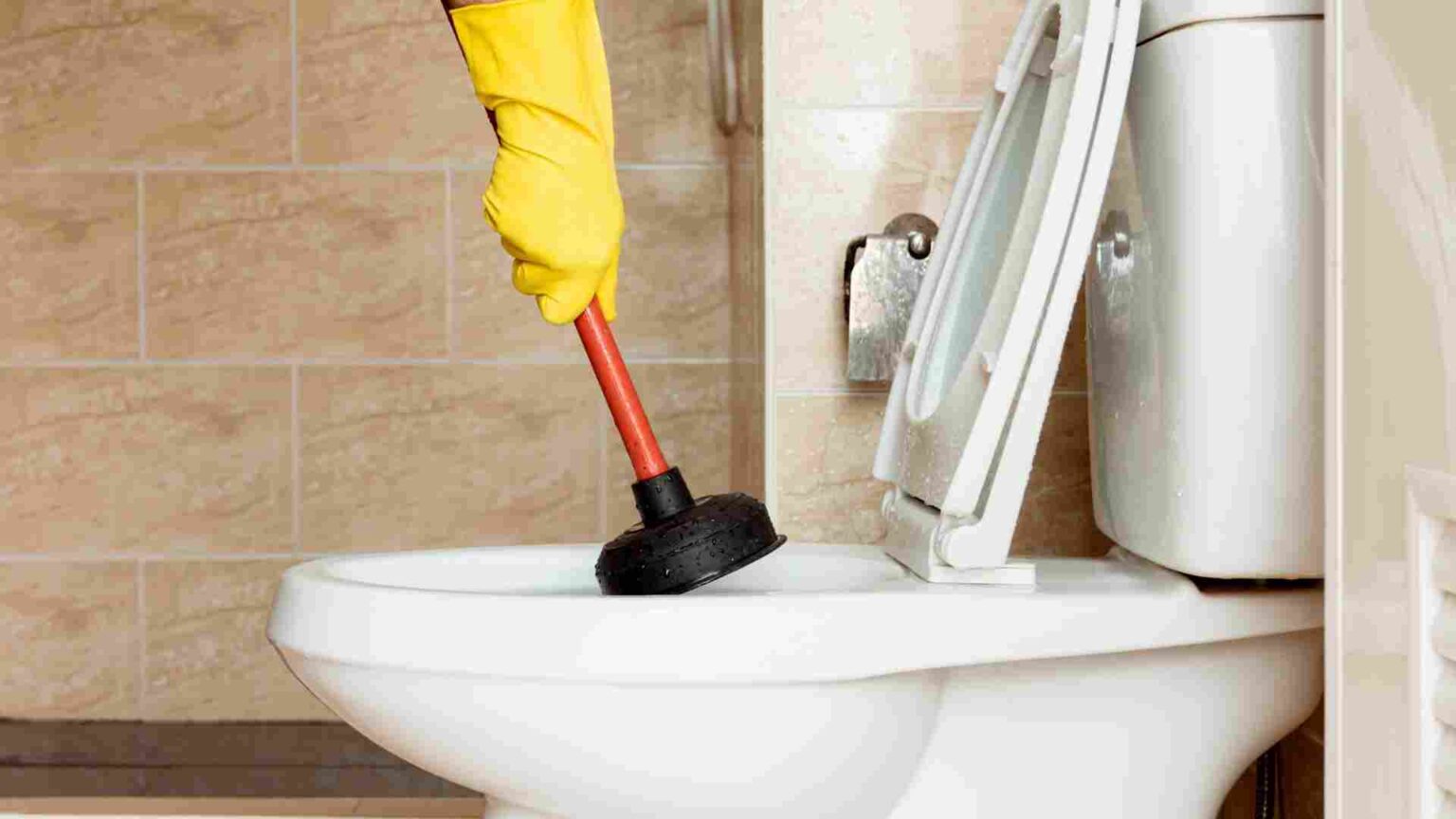

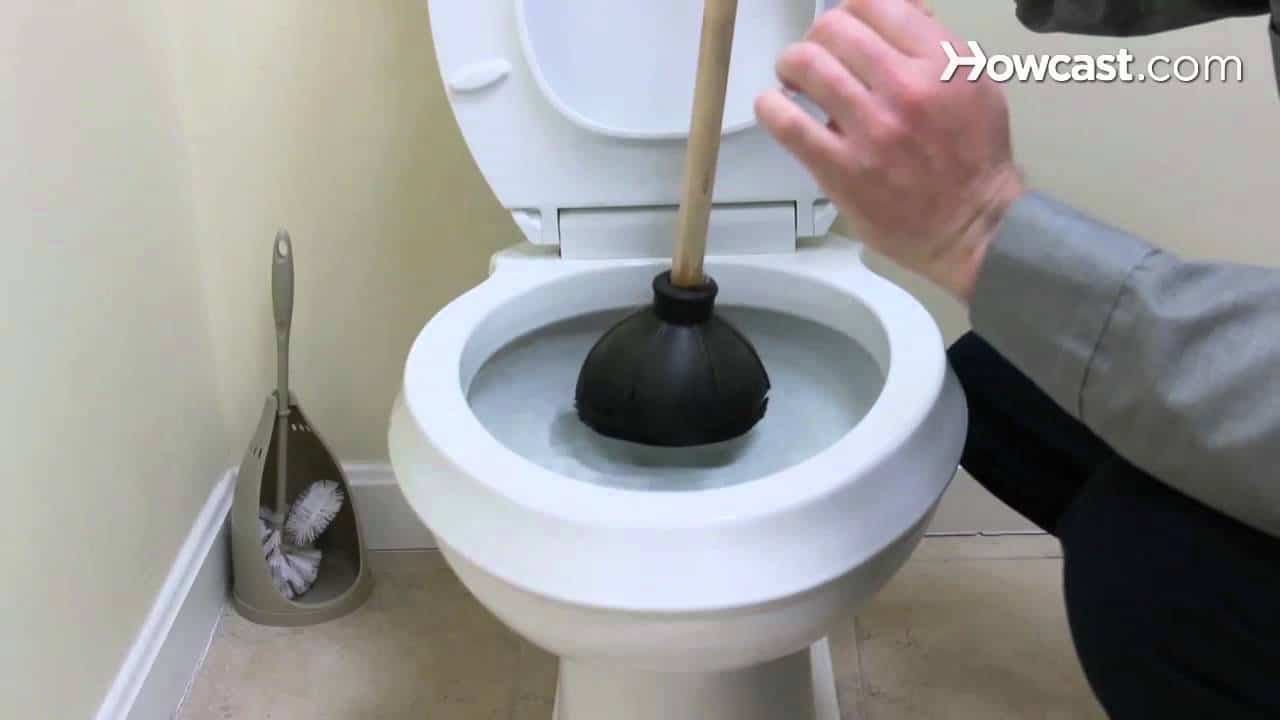
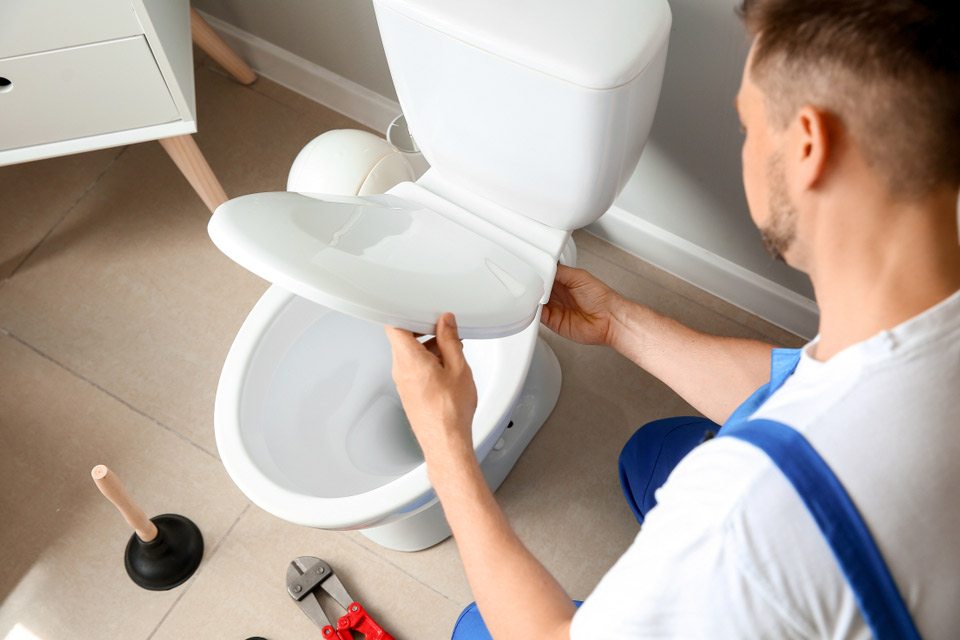


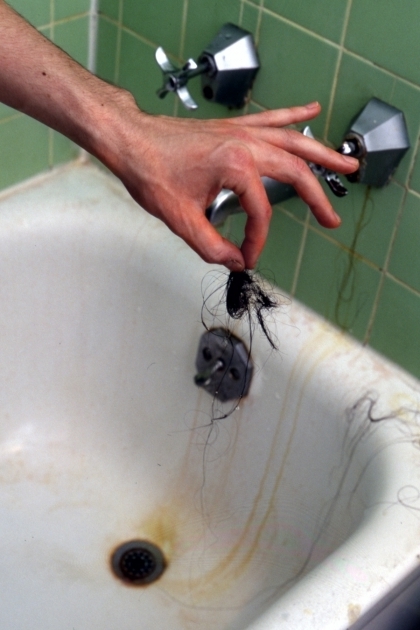

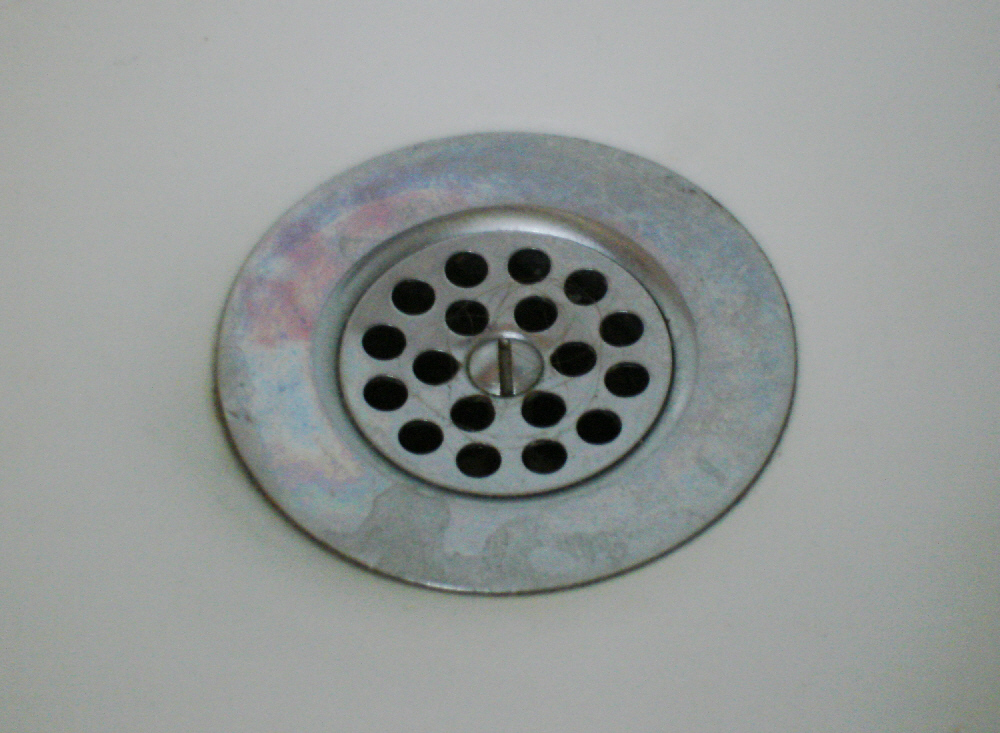


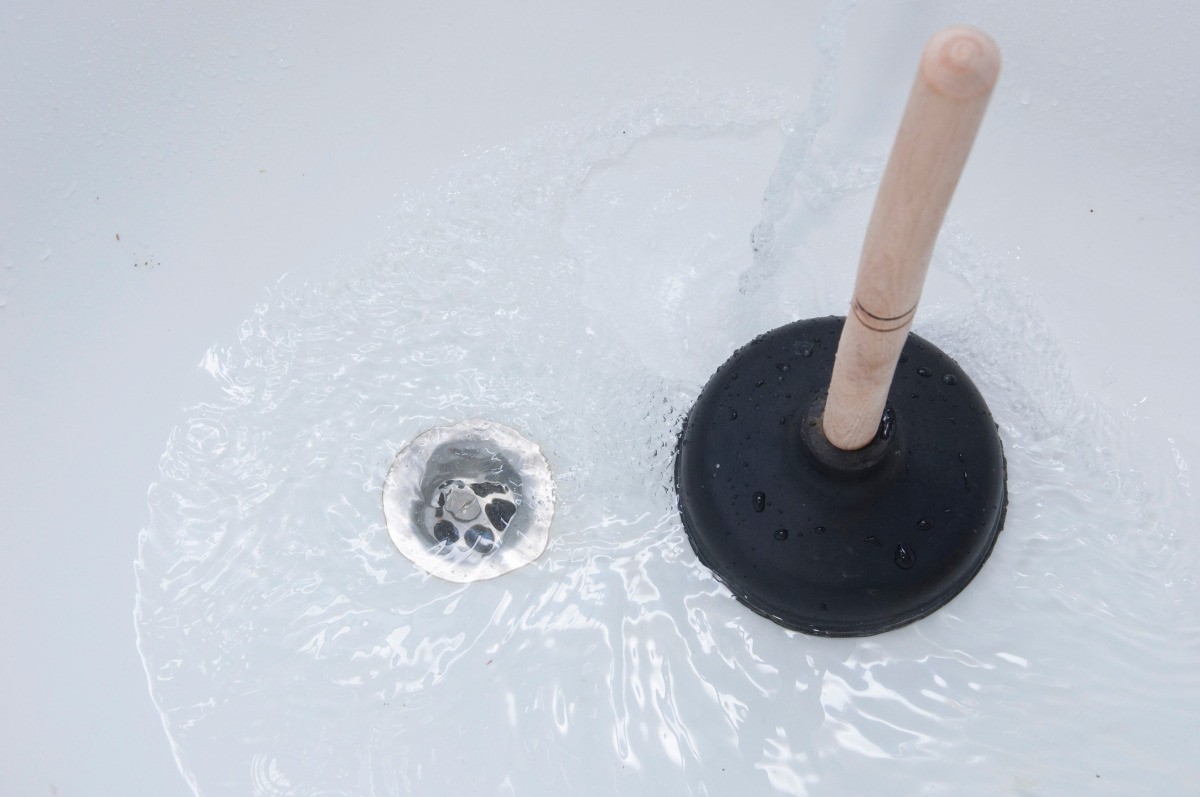
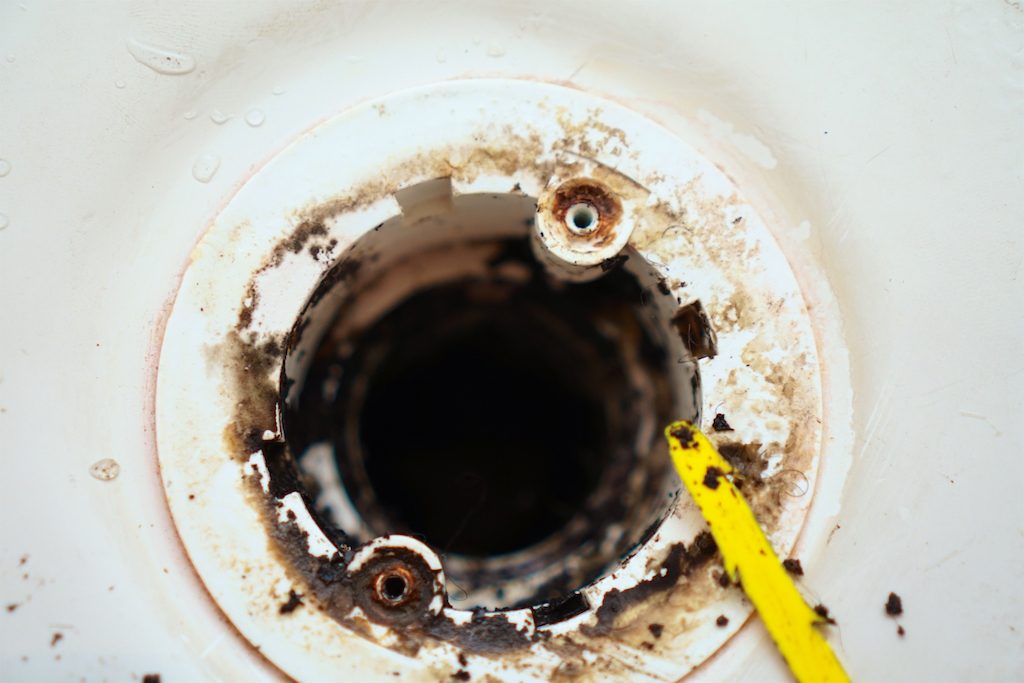

:max_bytes(150000):strip_icc()/plunger-and-clogged-bath--1199279746-9e2a05ab39f24ebeb6c9326292f8289e.jpg)

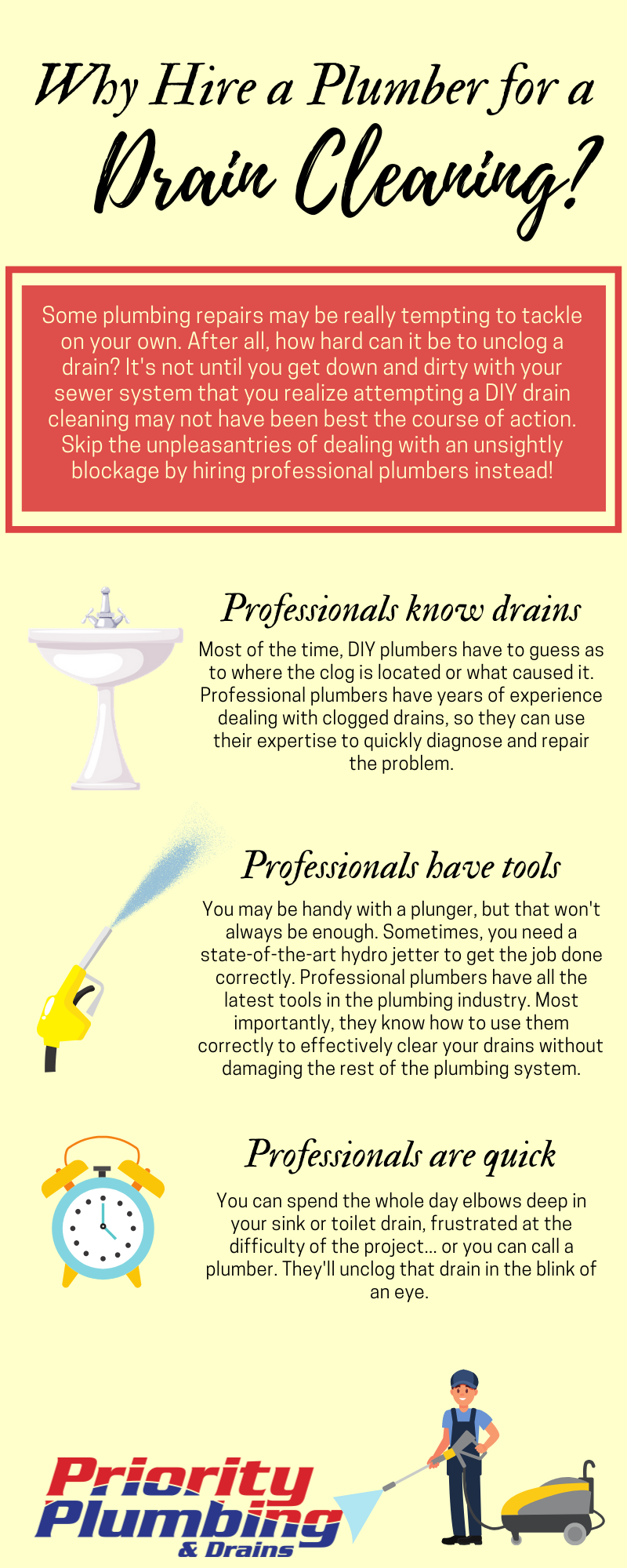


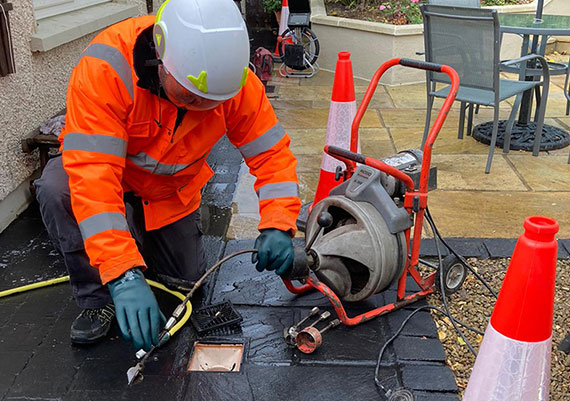
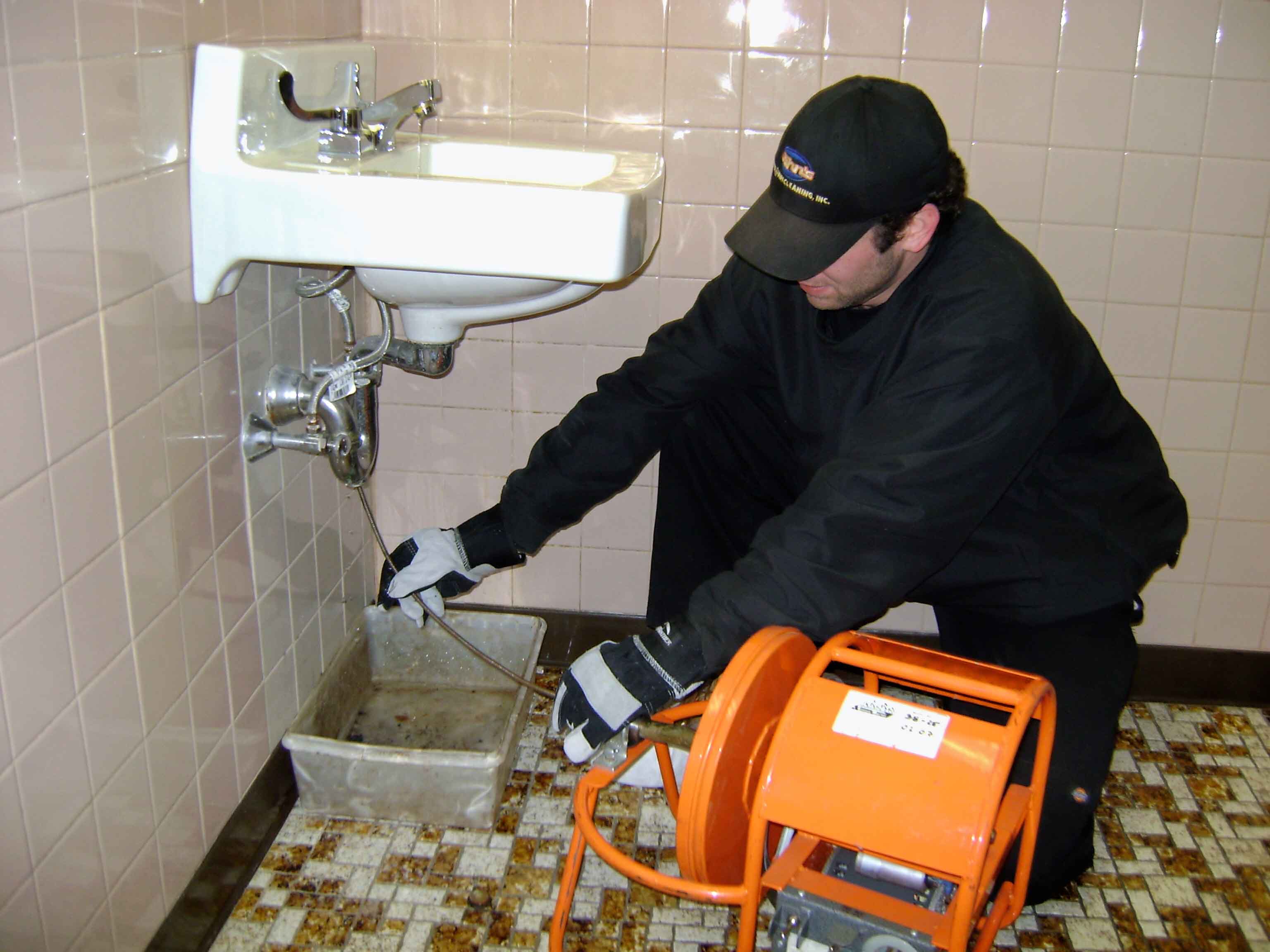

/98292130-56a12f705f9b58b7d0bcdef7.jpg)
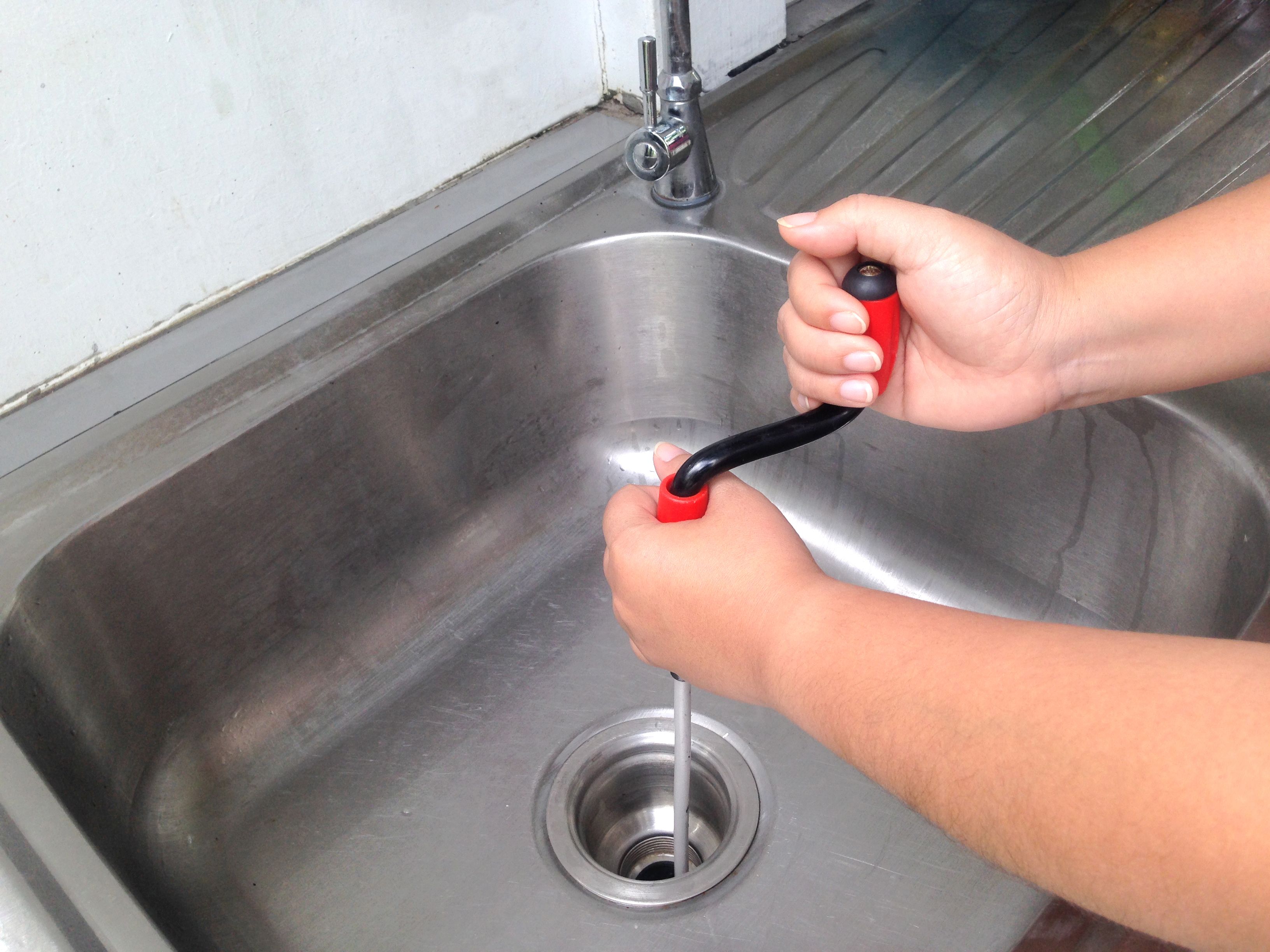
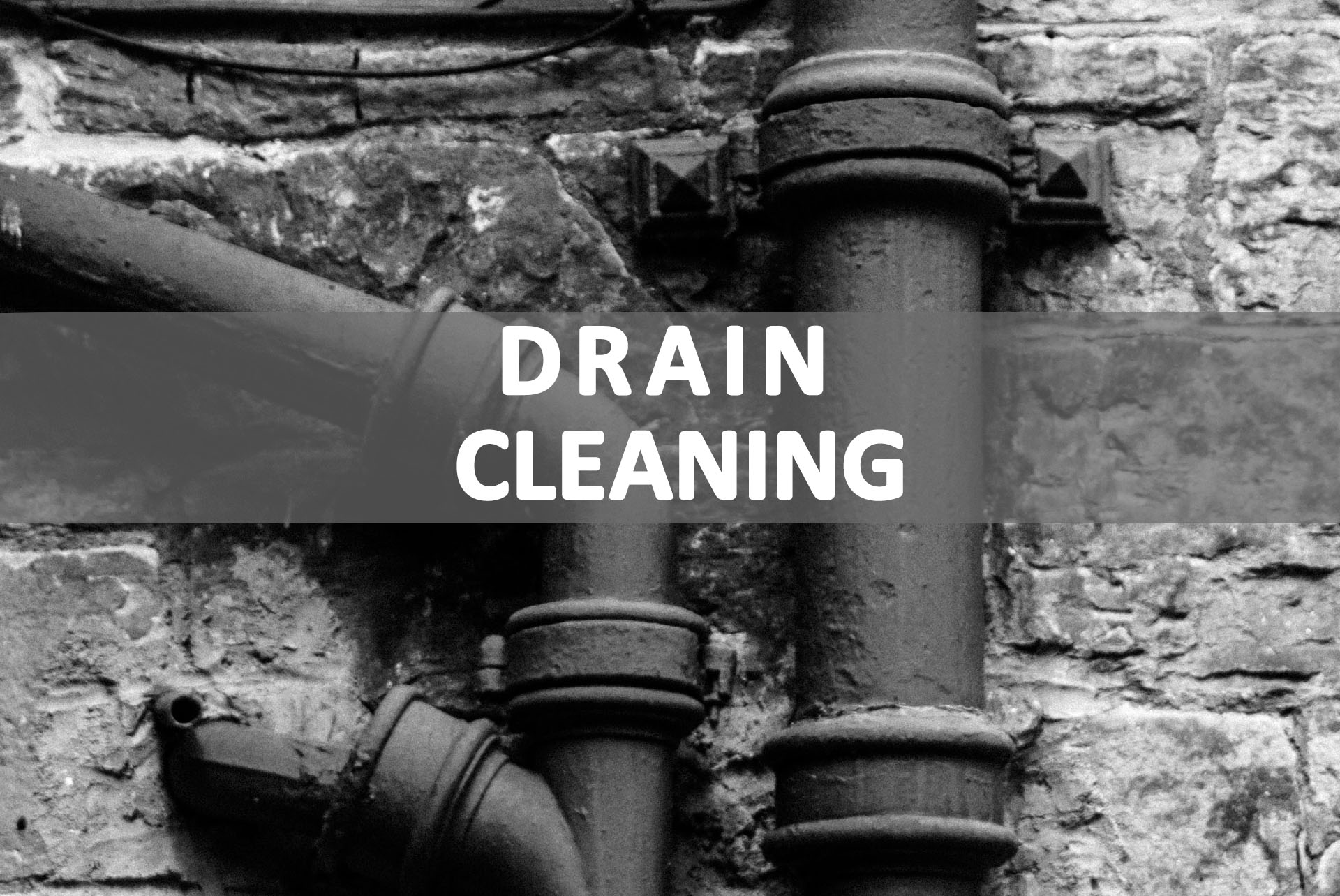



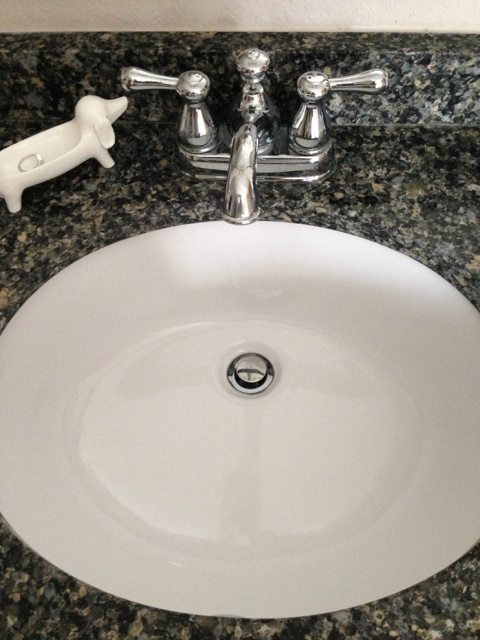





:max_bytes(150000):strip_icc()/freshen-and-unclog-drain-with-baking-soda-1900466-22-bbf940b70afa4d5abef0c54da23b1d3f.jpg)


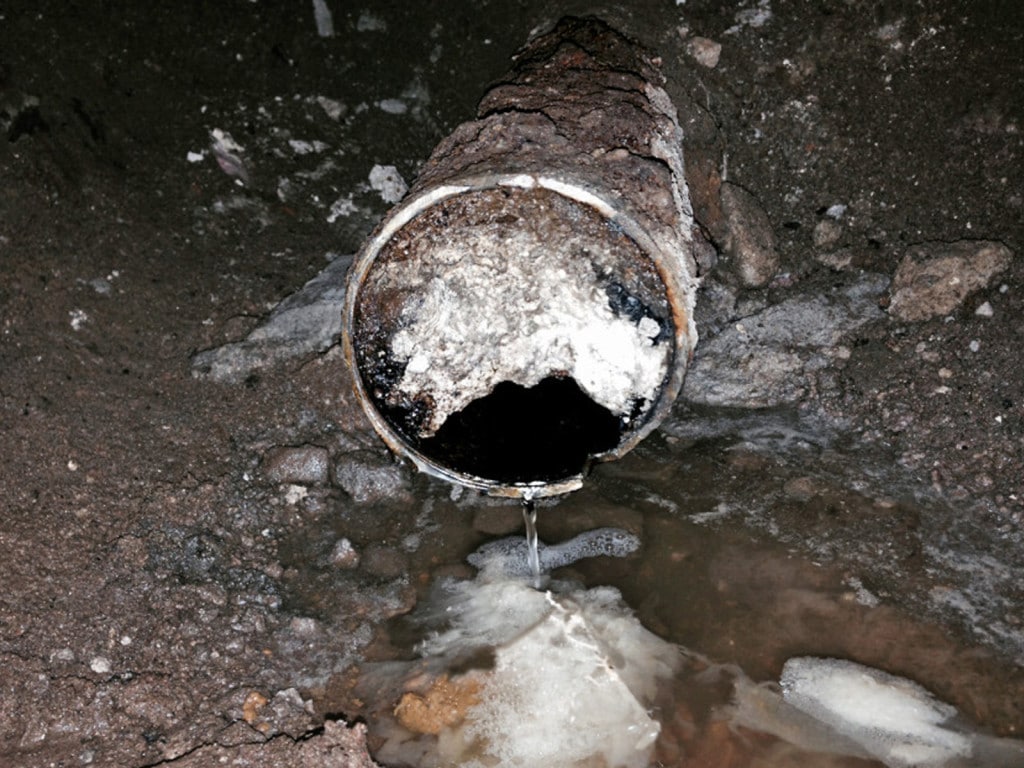
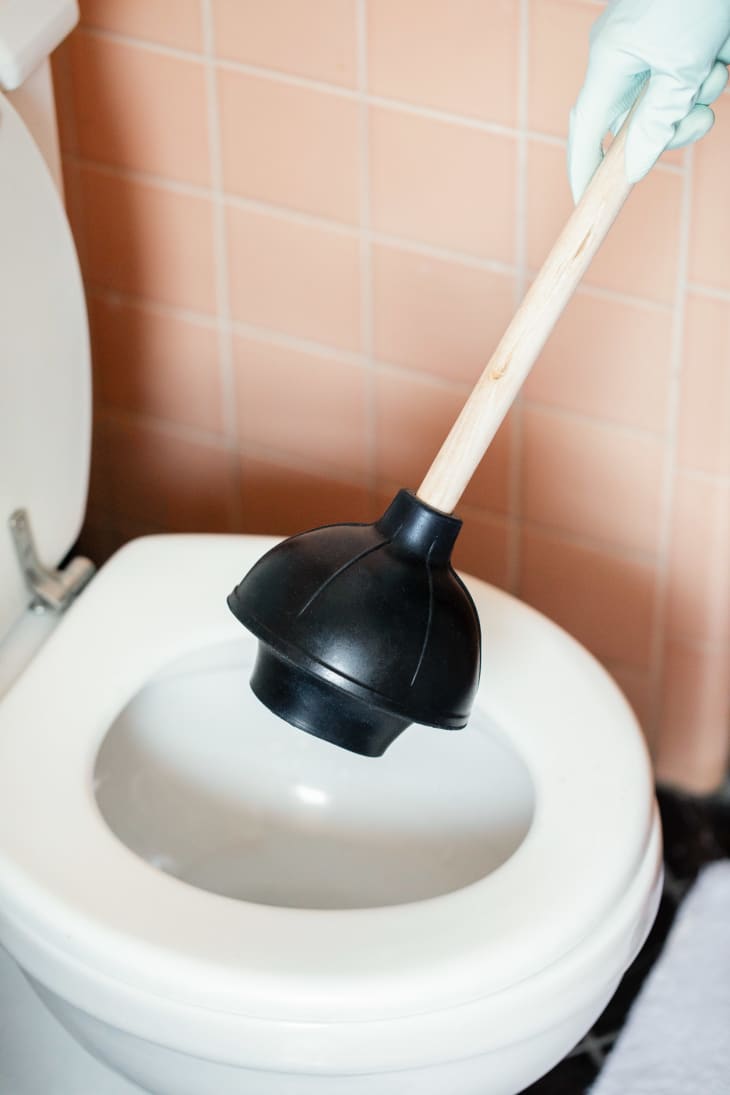
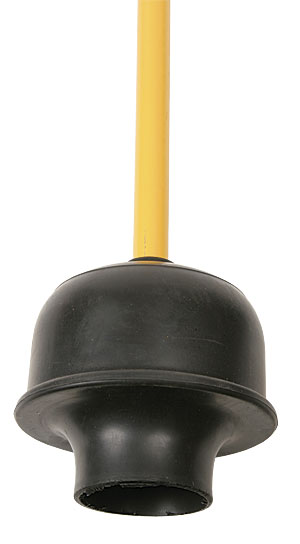

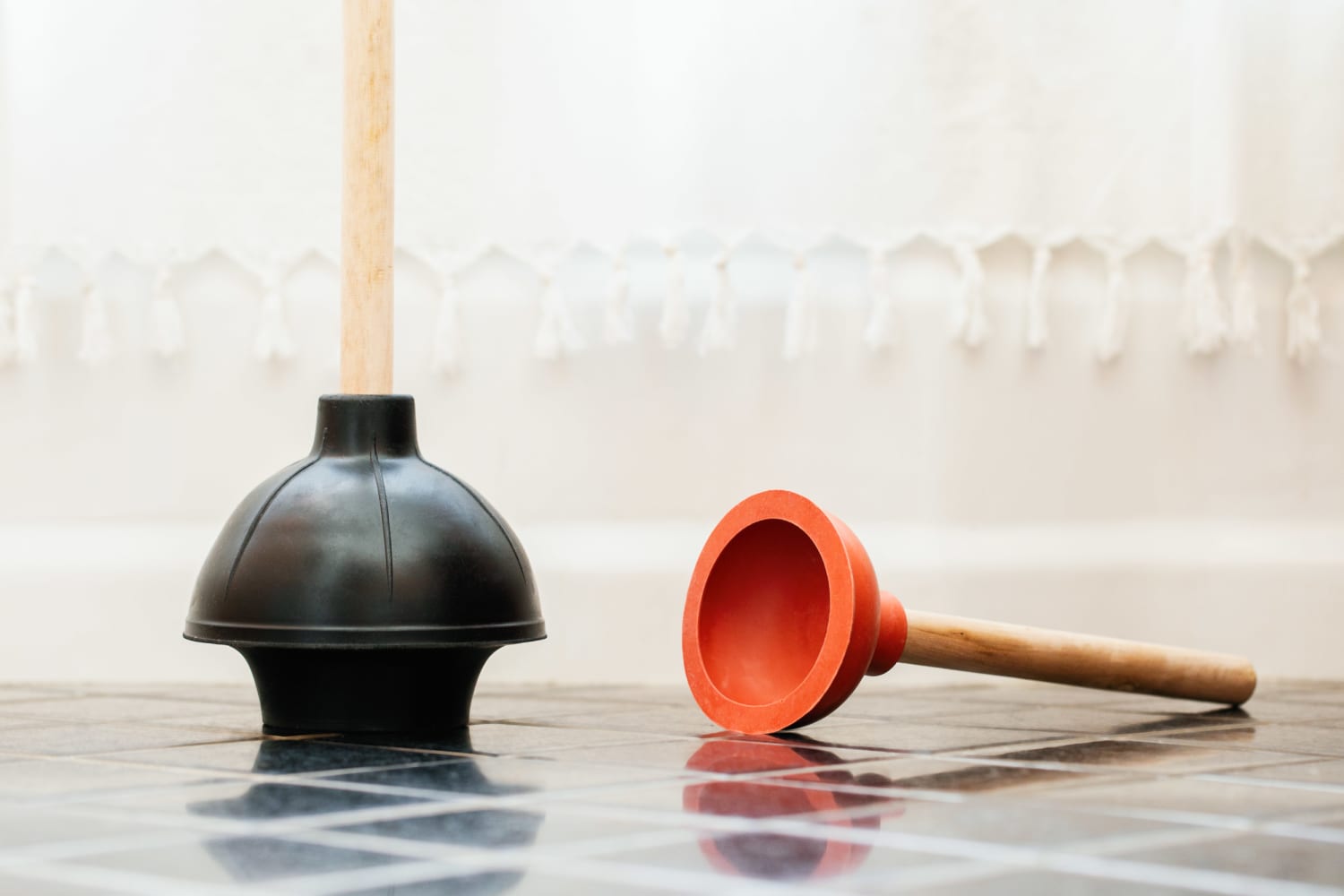
:max_bytes(150000):strip_icc()/toilette-plunger--92314164-873564a34a3441058f00a8d6fc1f0441.jpg)
:max_bytes(150000):strip_icc()/toilet-plunger-80708184-5797d8885f9b58461f591260.jpg)
